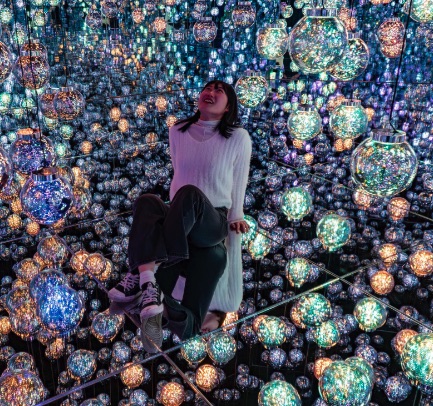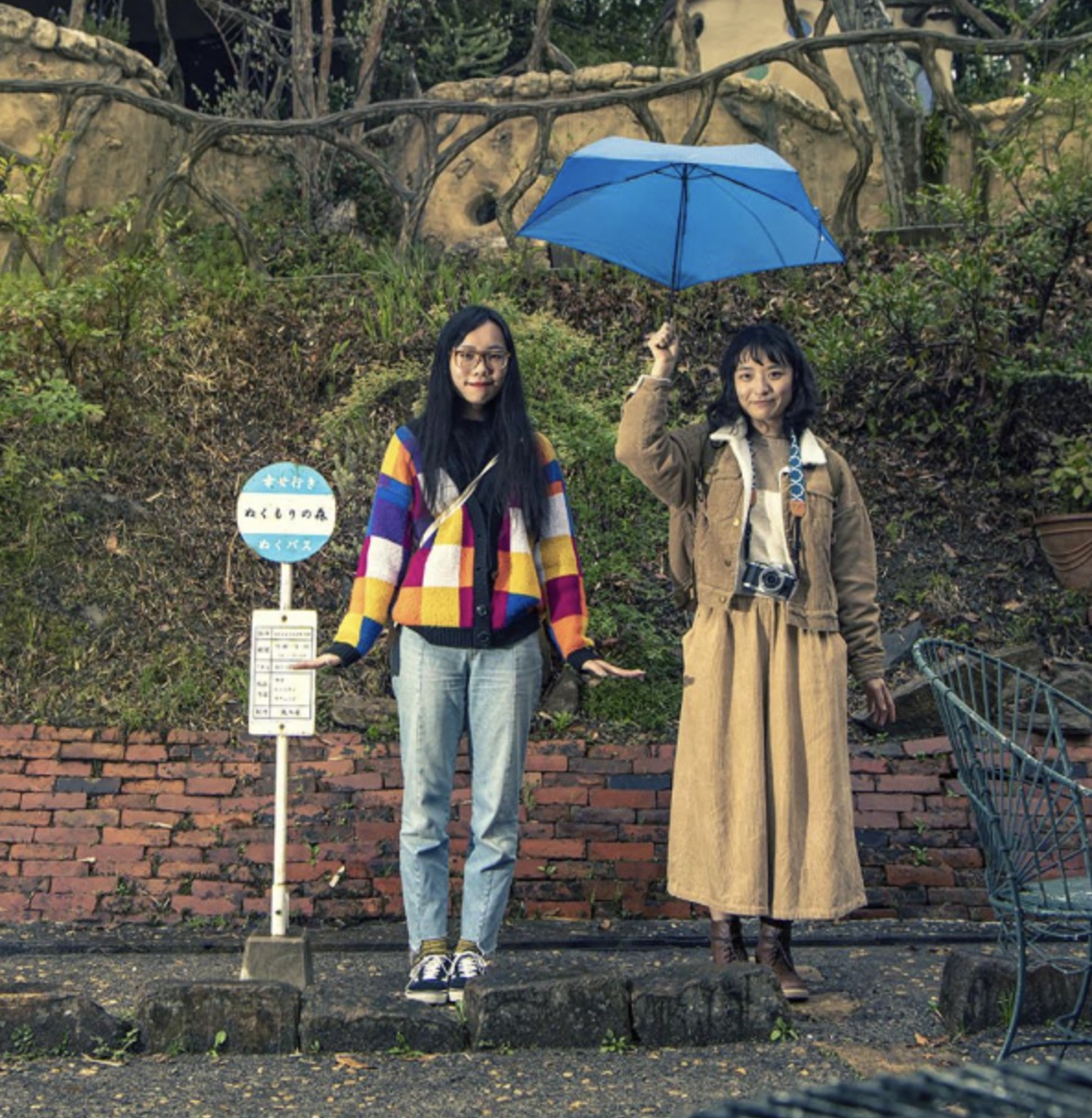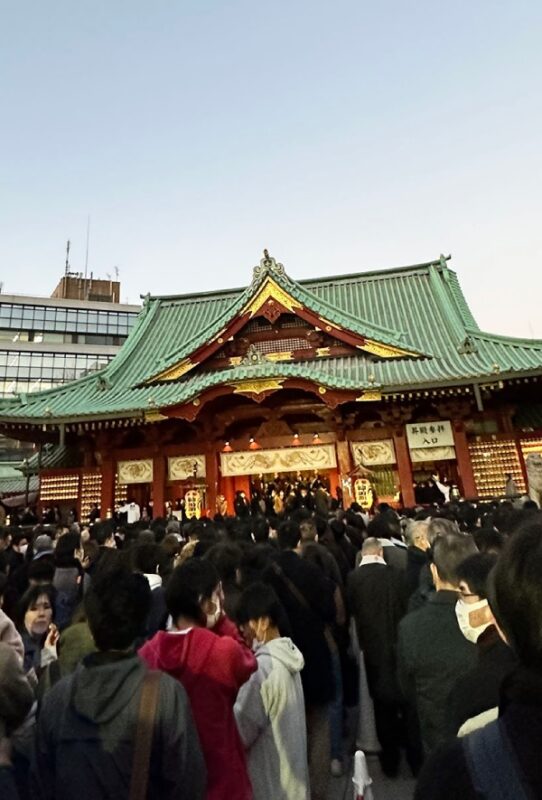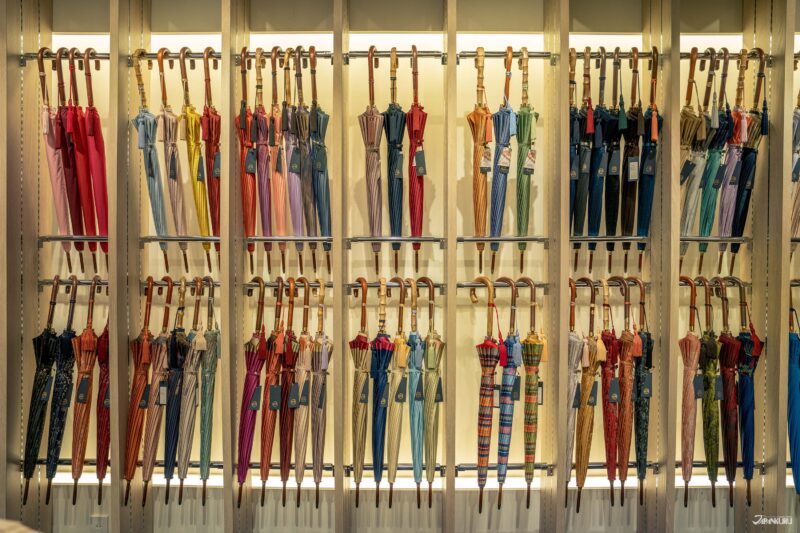
Shop Tokyo’s Luxury Handmade Umbrellas at Maehara Kouei Shouten
This article contains sponsored content.
Japan's best umbrellas will give you a reason to look forward to rainy days! Discover one-of-a-kind Japanese umbrellas at Maehara Kouei Shouten, from personalized umbrellas to umbrellas made for an emperor, and even Studio Ghibli collaborations, in the trendy Tokyo neighborhood of Kuramae.
CONTENTS
Kuramae: Tokyo’s Coolest New Hotspot
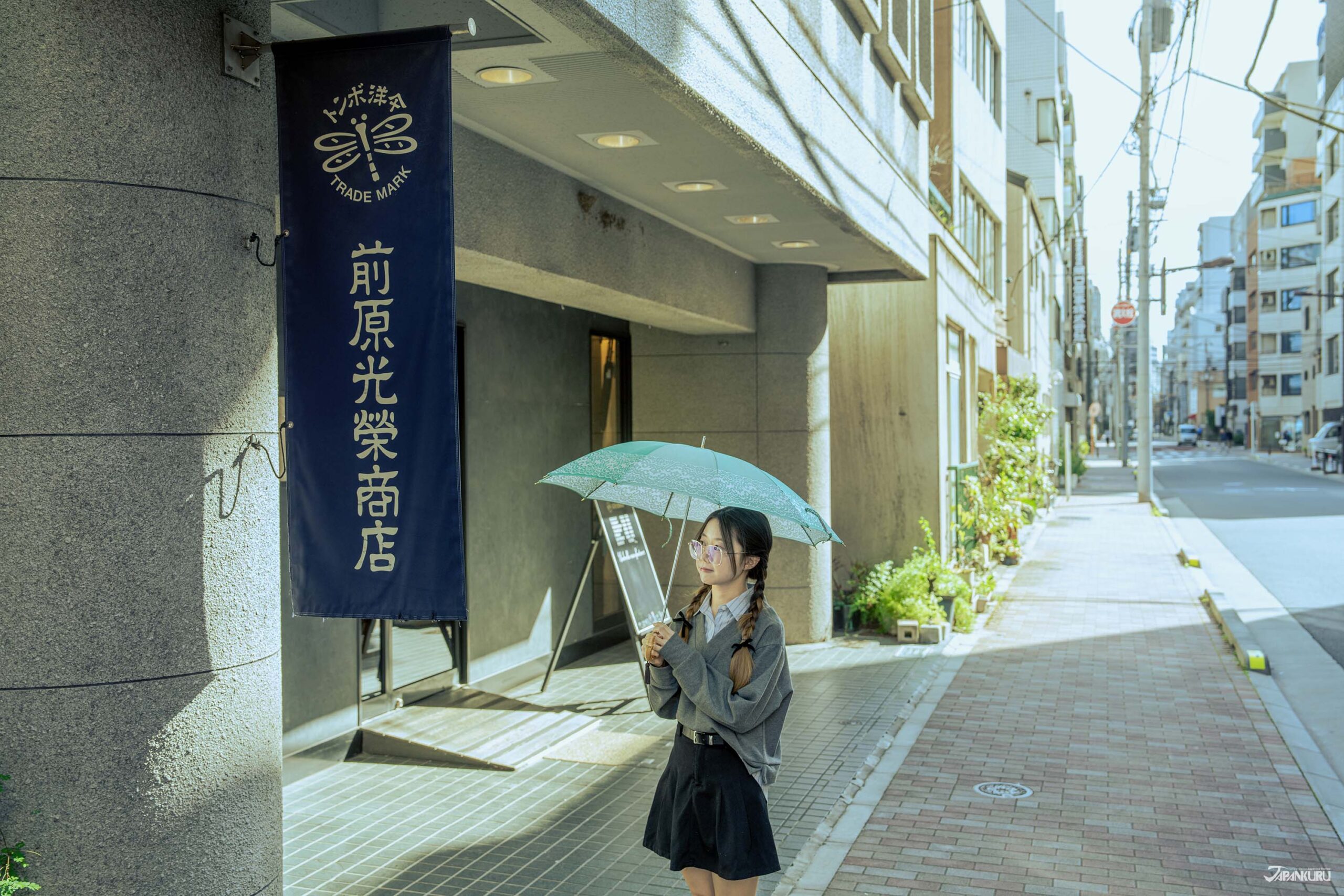
Asakusa is one of Tokyo’s most iconic tourist destinations. The area is always bustling with activity, with sightseers gathering at famous landmarks like Tokyo’s oldest temple, Sensoji, ready to see the Kaminarimon Gate and the shops along Nakamise Street. Those in the know, however, will often head just a short distance away to spend their time in the neighborhood of Kuramae, a quieter, lesser-known area that offers a unique, relaxed vibe distinct from Asakusa’s frantic energy.
The areas on the outskirts of Asakusa have quietly gained popularity in recent years, bringing to light some of Tokyo’s hidden gems. Cooking lovers now flock to Kappabashi Kitchen Street (Kappabashi Dogugai) to shop the fantastic selection of beautiful ceramics, carefully crafted knives, and other kitchen wares. And travelers of all kinds have found a peaceful haven in Kuramae, ideal for leisurely walks and relaxation. The area boasts a mix of artisan boutiques, coffee spots with Japanese-style minimalist interiors and house-roasted blends, and studios specializing in leatherwork, pottery, and natural dyes. For seasoned travel enthusiasts who are looking for something a little more unique than Japan’s standard souvenirs, Kuramae is a treasure trove of stylish spots and unconventional shopping.
Kuramae (蔵前)
Taito City, Tokyo
The Ultimate Umbrella Shopping Experience: Maehara Kouei Shouten
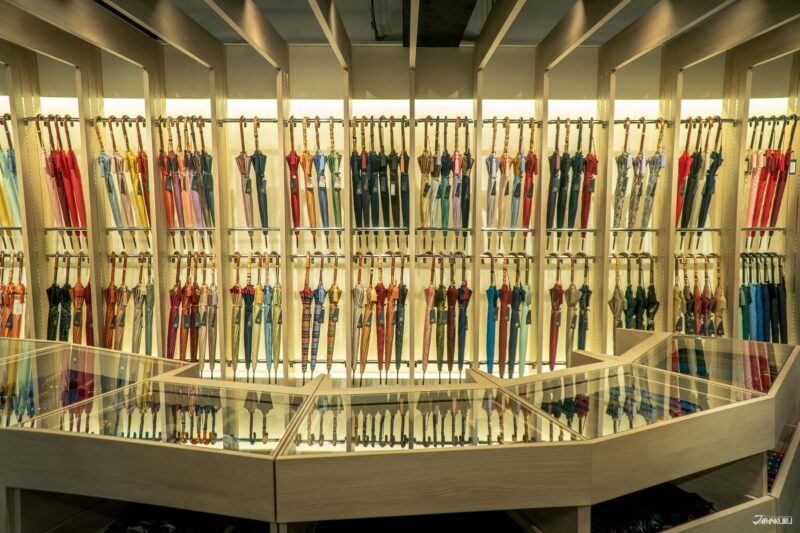
Tucked away on a quiet Kuramae sidestreet, Maehara Kouei Shouten is where tradition meets modernity, and three generations have dedicated themselves to the sale of handcrafted Japanese umbrellas. Since 1948, this family-run shop has specialized in blending timeless craftsmanship with contemporary design, creating a lineup of luxury Japanese umbrellas perfect for special gifts or meaningful mementos. As the only shop in Japan producing 100% domestically crafted umbrellas, Maehara Kouei Shouten’s made-in-Japan umbrellas stand out in a market dominated by mass production.
Long past the days when beautiful locally-produced umbrellas were commonplace in Japan, Maehara Kouei Shouten still pays meticulous attention to every detail, from the frame to the handle. As a result, each and every umbrella is a unique masterpiece. The Maehara Kouei Showroom offers a unique shopping experience for those in search of sophisticated Japanese artisan creations, but for the majority of us who have never shopped for a luxury umbrella in Japan, it can be hard to know exactly what to look for. To find the perfect Japan-made umbrella at Maehara Kouei Shouten to fit your needs, we’ve put together an easy umbrella shopping guide!
Maehara Kouei Shouten (前原光榮商店)
2-14-5 Misuji, Taito City, Tokyo
Directions:
5 min walk from Shin-Okachimachi Station (Oedo Line, Tsukuba Express)
7 min walk from Kuramae Station (Asakusa Line, exits A4, A5)
Hours: Mon ~ Sat: 10:00 – 17:00 (Wed & Fri ~19:00) | closed Sundays, year-end holidays, and occasional inventory days
Official Website (jp)
A Beginner’s Guide to Umbrella Shopping
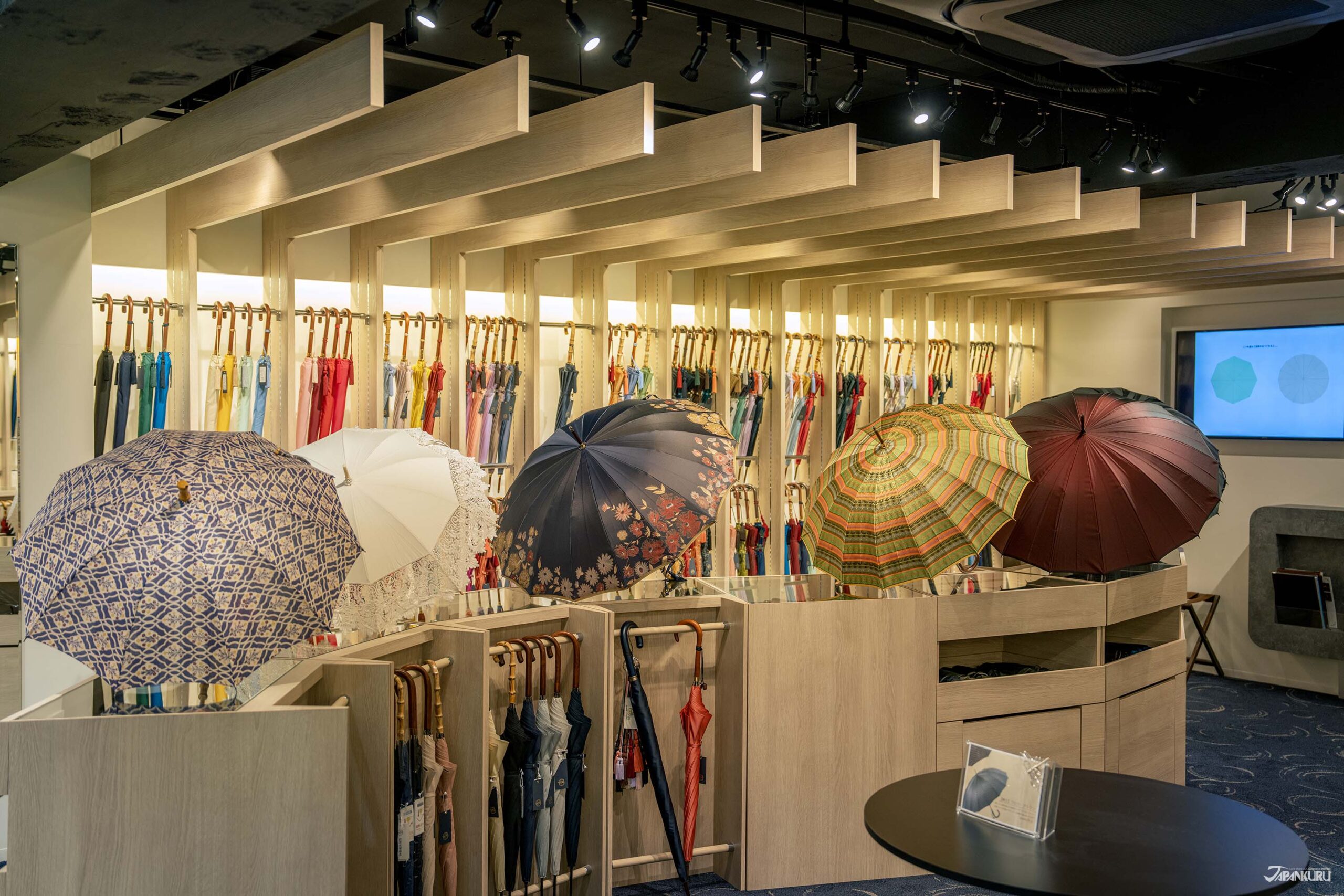
① Choose a Design
From the moment you enter the Maehara Kouei Showroom, you’ll find yourself staring in wonder at the extensive variety of designs, with over 600 unique colors and patterns spread across the shop’s two-story shop space. Design is an important factor that can’t be overlooked when choosing an umbrella, and Maehara makes it hard to decide! The umbrellas are made exclusively with luxurious “sakizome” fabrics, which are dyed as threads and then woven into intricate patterns with a unique three-dimensional feel. It’s a labor-intensive process, but the rich color and texture of the finished product look nothing like your average printed umbrella. Choose from subtle solids, vibrant florals, elegant plaids, and many more options.
② Find Your Ideal Frame Shape & Size
The durability and practicality of an umbrella are tied to its frame. While standard umbrellas often have eight ribs, Maehara offers a wide range of options, including robust models made with 18 ribs to withstand strong winds. According to the shop staff, 8-rib umbrellas have a distinct sharp silhouette that can really show off the beauty of a well-crafted umbrella, making them popular among “umbrella otakus.” As the number of ribs increases, the shape of the umbrella becomes more and more circular, giving off a sophisticated air while also conveniently making the umbrella easier to fold.
If you’ve never paid much attention to the size of your umbrella before, then you’ve probably found yourself damp with rain even when carrying one, or struggling with an ungainly umbrella indoors. The actual size of an umbrella depends on both the length and the number of ribs in the frame, so you should take both into account when choosing. Most adults will feel comfortable with a length of 60 cm for 16-rib frames, or 65 cm for 8-rib frames. For larger individuals, a 65 cm 16-rib frame or a 70 cm 12-rib frame may be more comfortable!
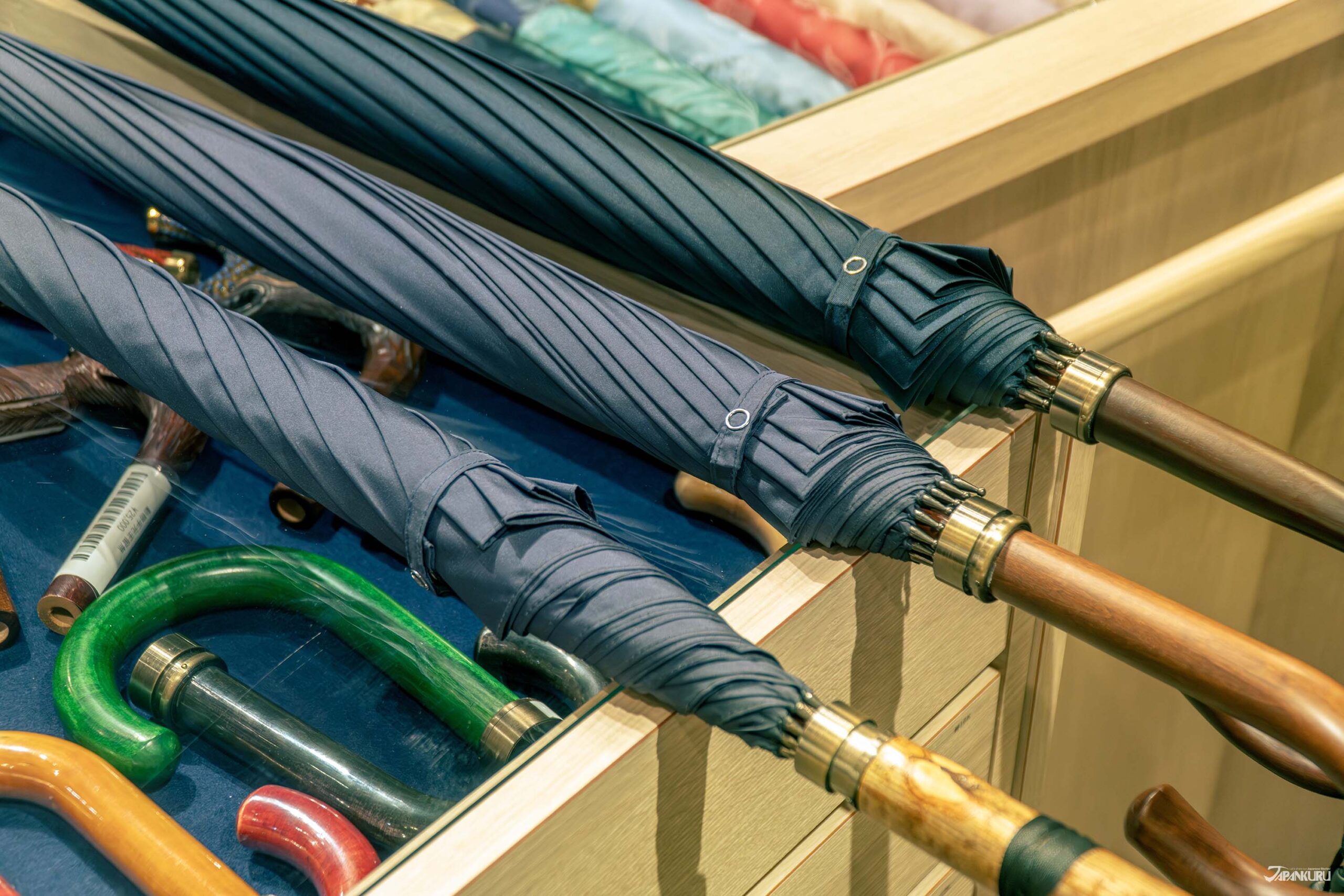
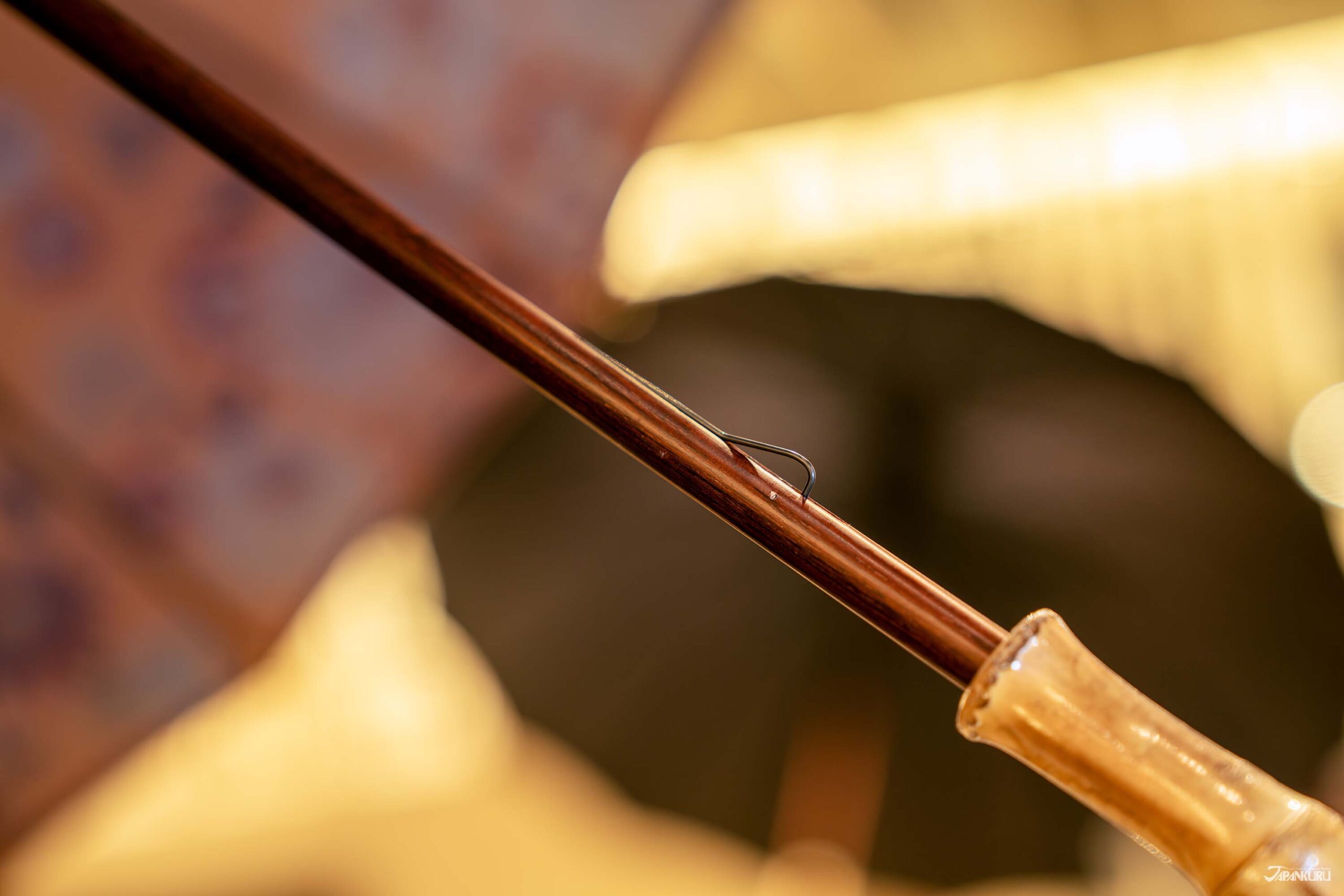
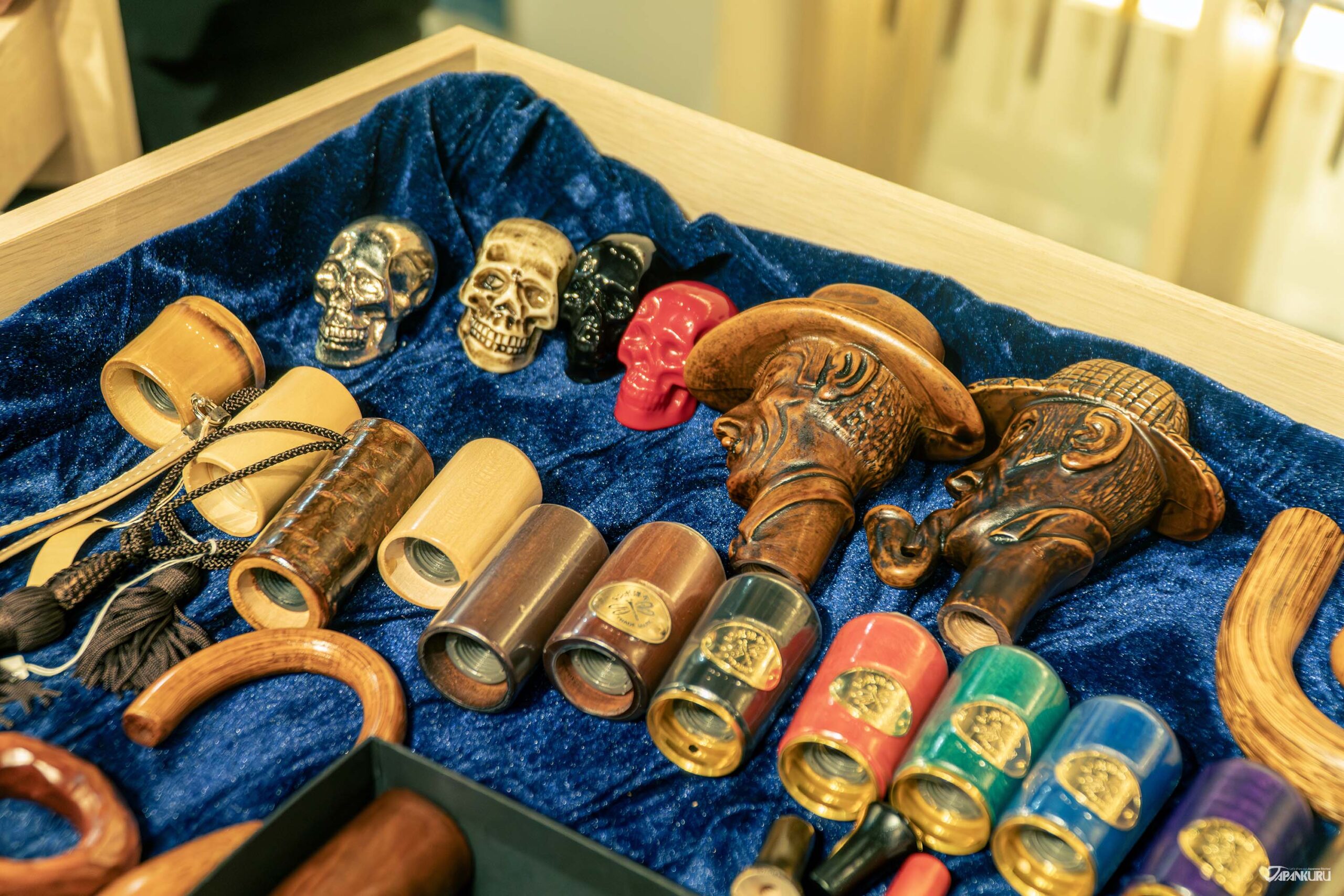
③ Consider the Umbrella’s Weight
The larger the frame, the heavier the umbrella, and choosing an umbrella with a weight you find comfortable is crucial. The most important factor here is material: ribs made of carbon are lightweight, making them comfortable to carry around all day, whereas steel ribs give the umbrella a sturdier feel and a more beautifully aesthetic silhouette.
④ Admire the Elegant Details
The charm of Maehara umbrellas lies in their thoughtful detailing. Unlike typical umbrellas, Maehara employs smooth wire top and bottom springs (the notches that catch when you open or close an umbrella) painstakingly crafted by hand, and elegantly shaped ribs that give each umbrella a polished, round shape. The handles might be the most impressive element of all, made of natural steam-bent wood, or carved into quirky complex shapes like skulls or dogs. Shoppers who visit the showroom in person get the privilege of choosing the exact handle they want on their umbrella, each one handmade and very slightly different. Staff can guide you through the process of choosing the perfect size, shape, and material, before you find the one that fits into your hand like it belongs there! Maple and cherry handles are both popular, and since they use natural wood, some of them preserve the subtle scents of the trees they came from!
Not Sure What You’re Looking For? How About…
A Japan-Made Umbrella to Brighten Up a Rainy Day
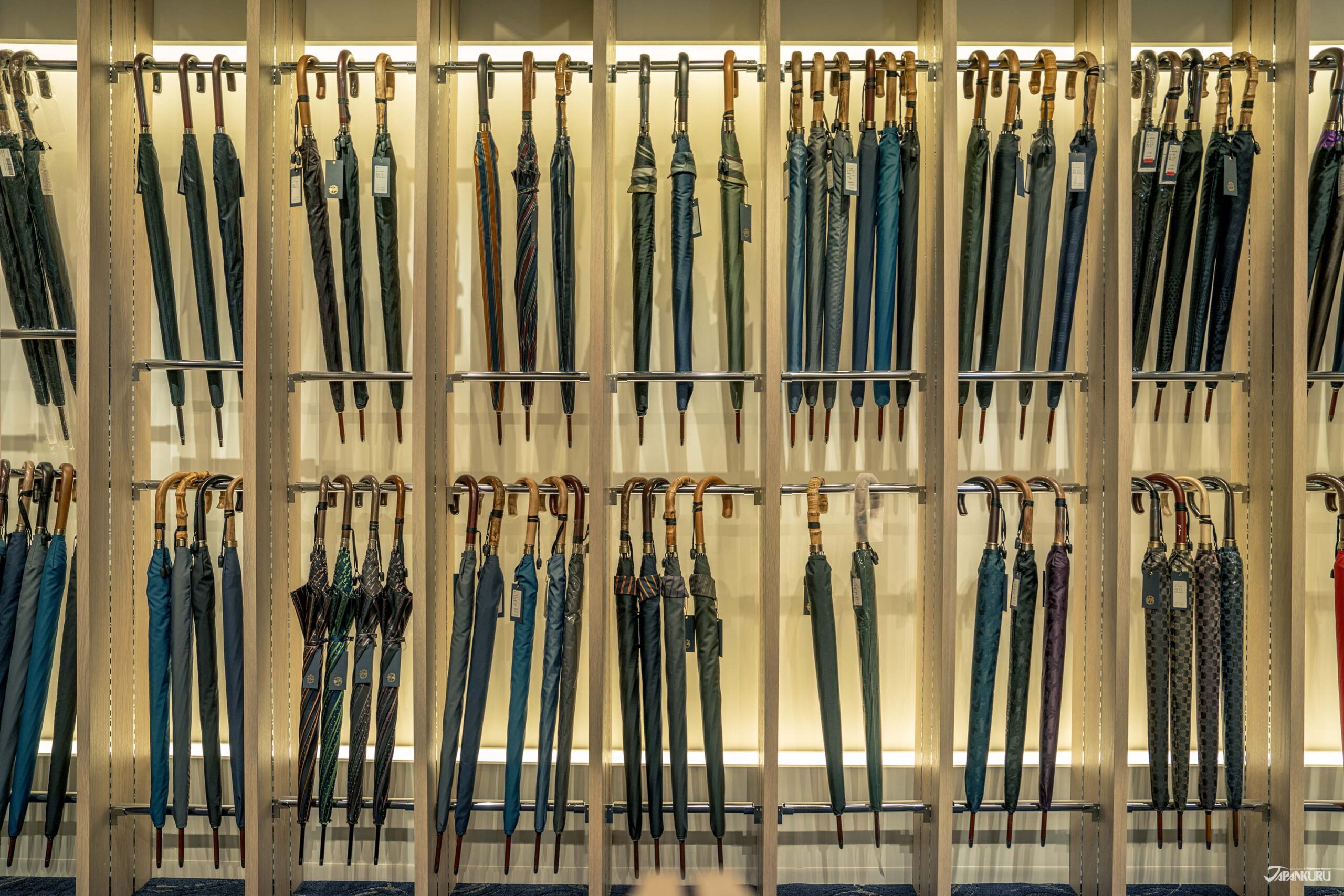
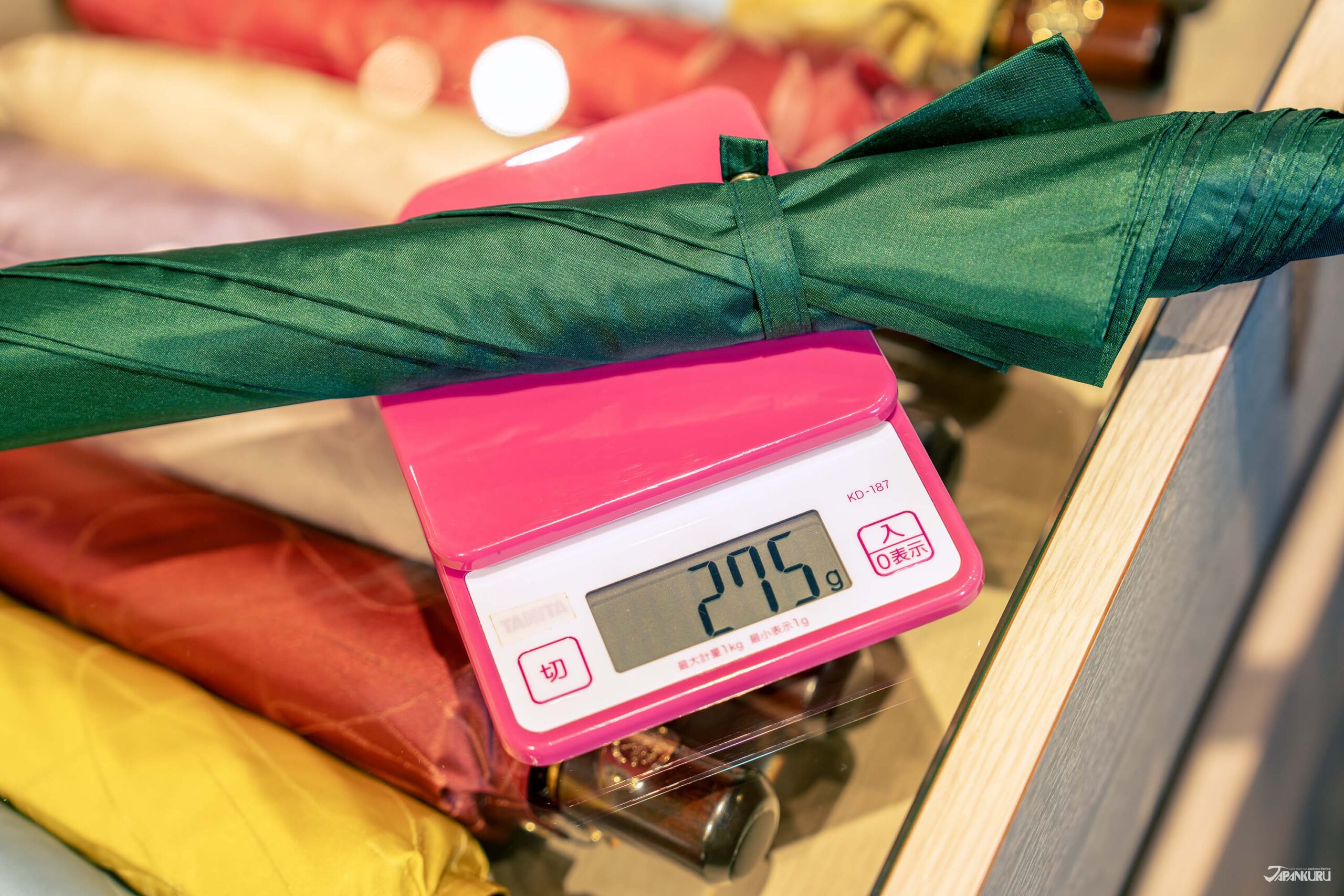
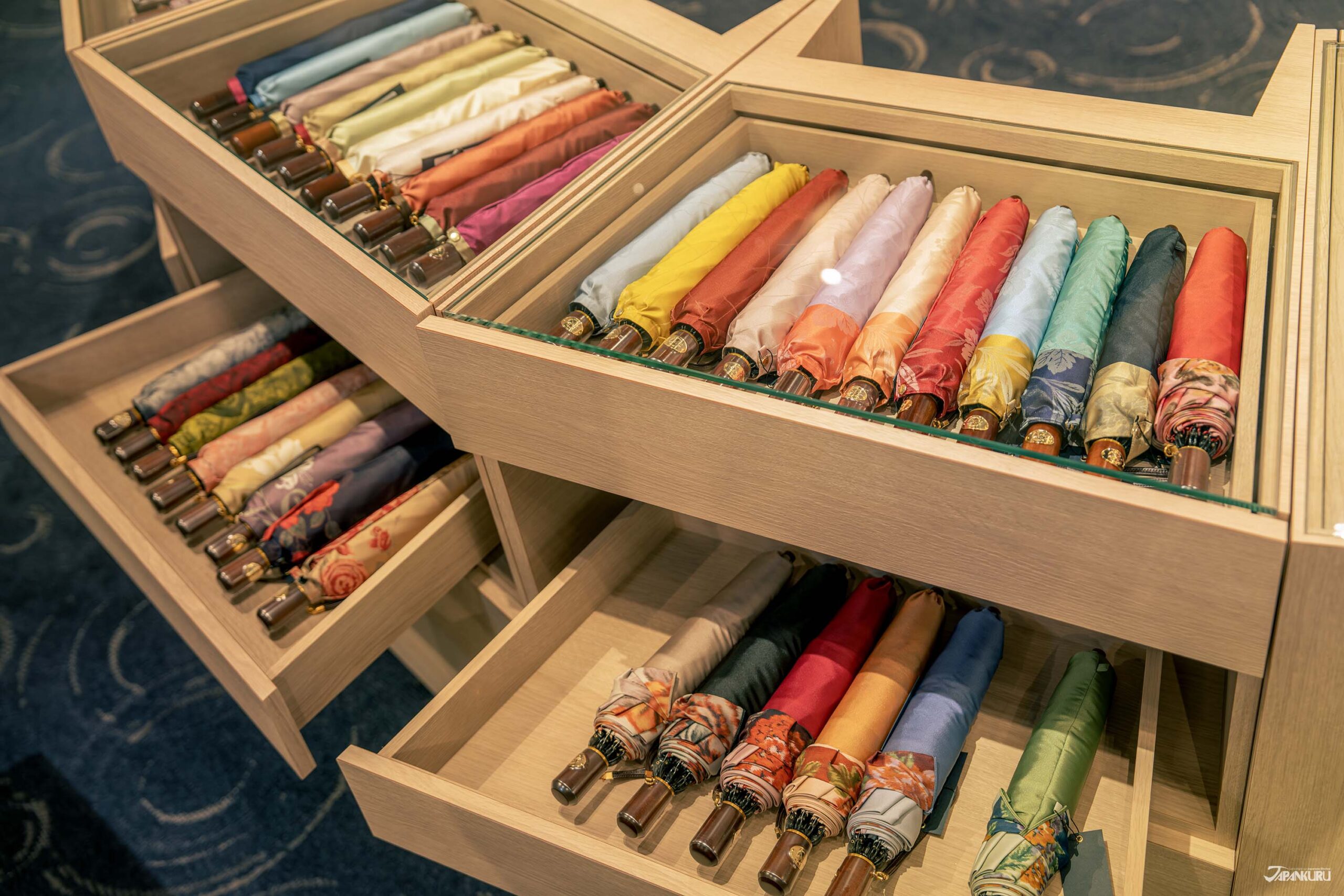
Maehara Kouei Shouten’s umbrellas are divided into women’s and men’s categories for convenience, but customers can of course ignore the labels – the most important question is which qualities you value most in an umbrella! The women’s lineup is where you’ll find umbrellas made with bright colors and eye-catching patterns, and these umbrellas are also made of particularly lightweight materials, making it easier to hold them throughout a long rainy day without getting tired. The men’s lineup includes mostly darker tones and simple designs, made with particularly sturdy, durable frames to avoid damage. Both collections include a full array of long umbrellas and also folding designs, so everyone can find the perfect rainy-day partner to fit their needs!
A Parasol to Shade You From the Sun
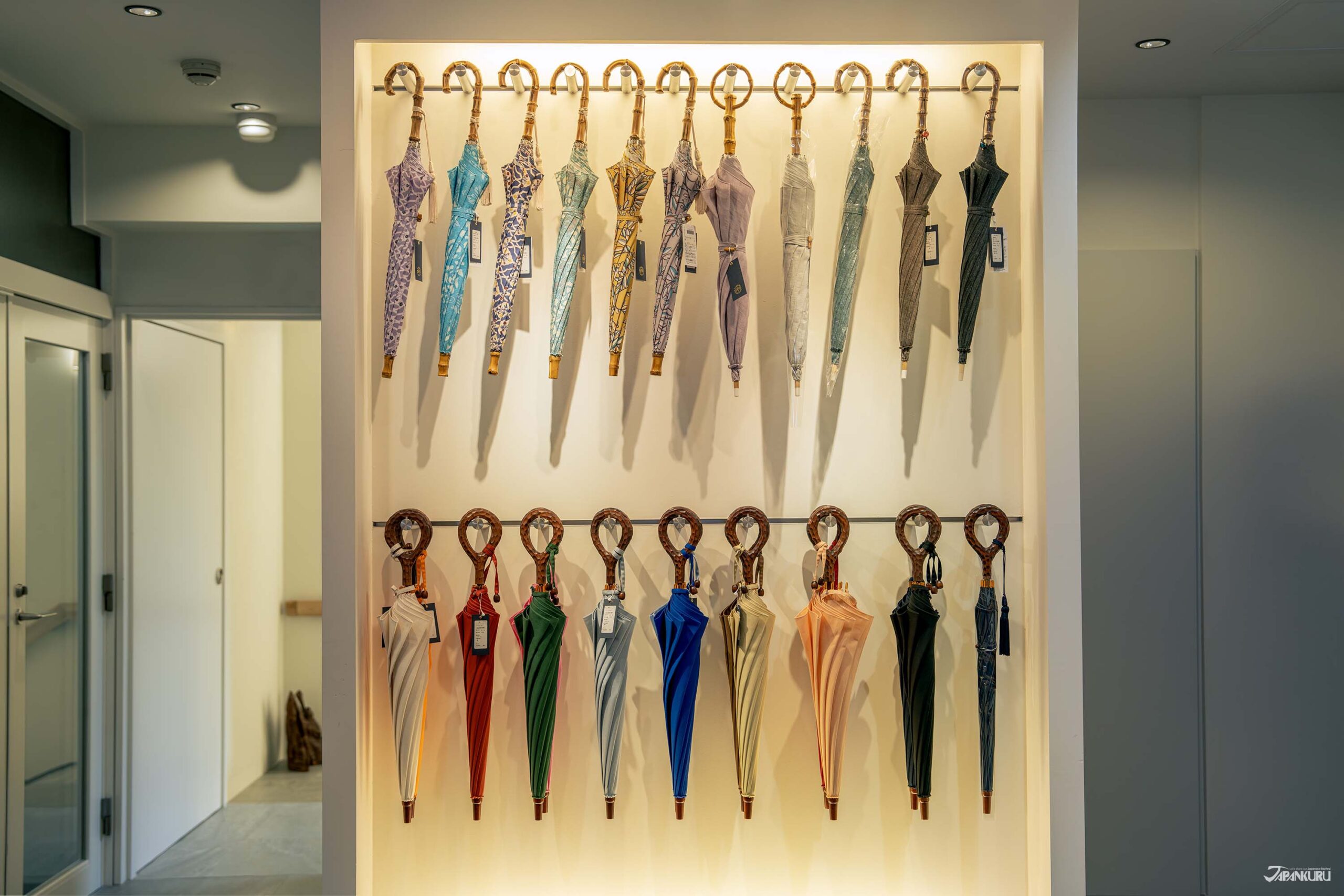
Parasols might feel old-fashioned in some parts of the world, but in Japan they’re considered a necessity on bright sunny days, and Maehara offers a full lineup. Unlike the simple UV-blocking rain-or-shine examples often seen on the streets of Japan, these traditionally-crafted parasols are as much fashion accessory as they are tool. Not only are they functional, blocking the brightest sunbeams, but each one has the potential to add the finishing touch to your outfit.
A My Neighbor Totoro Umbrella, Made in Collaboration with Studio Ghibli
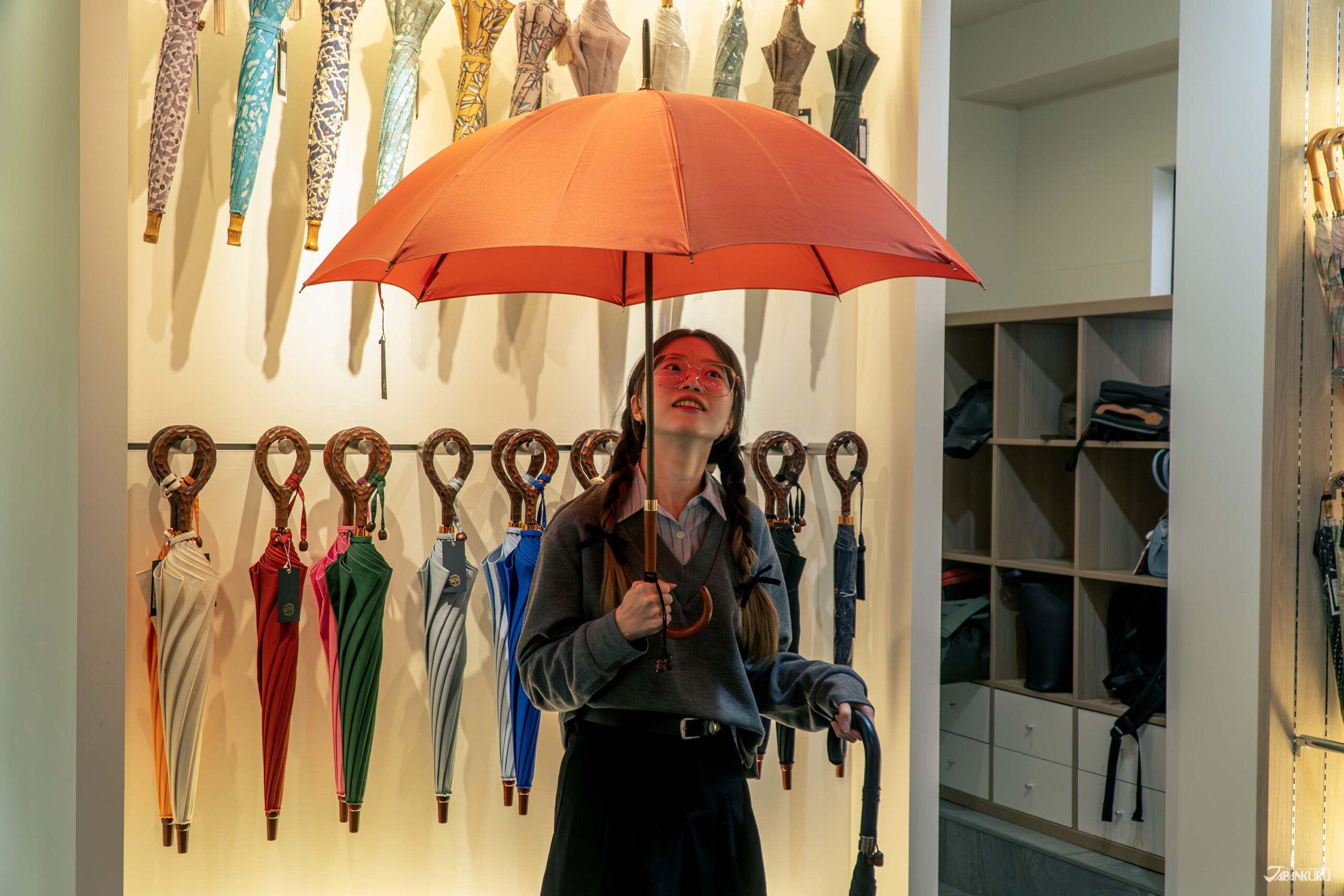
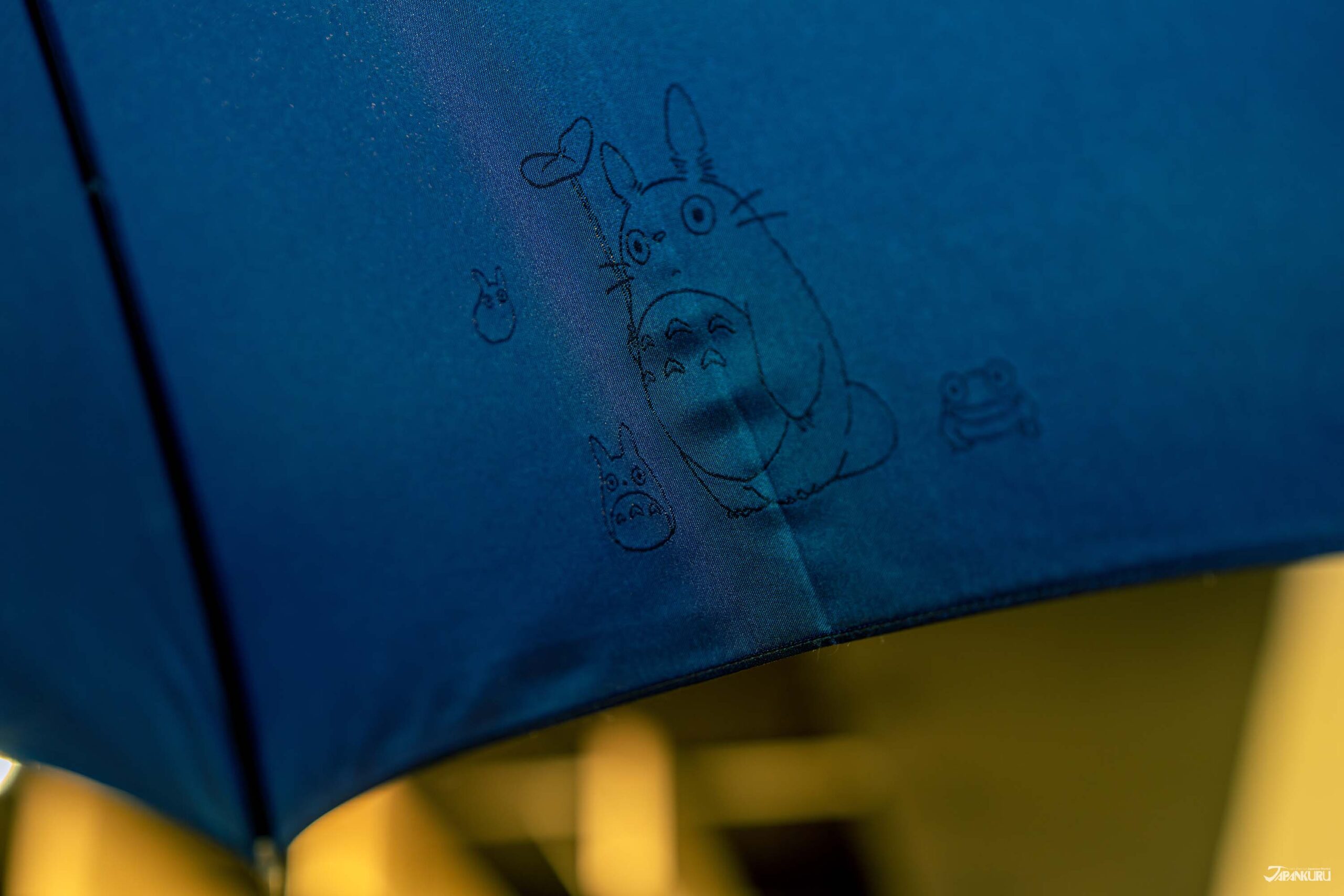
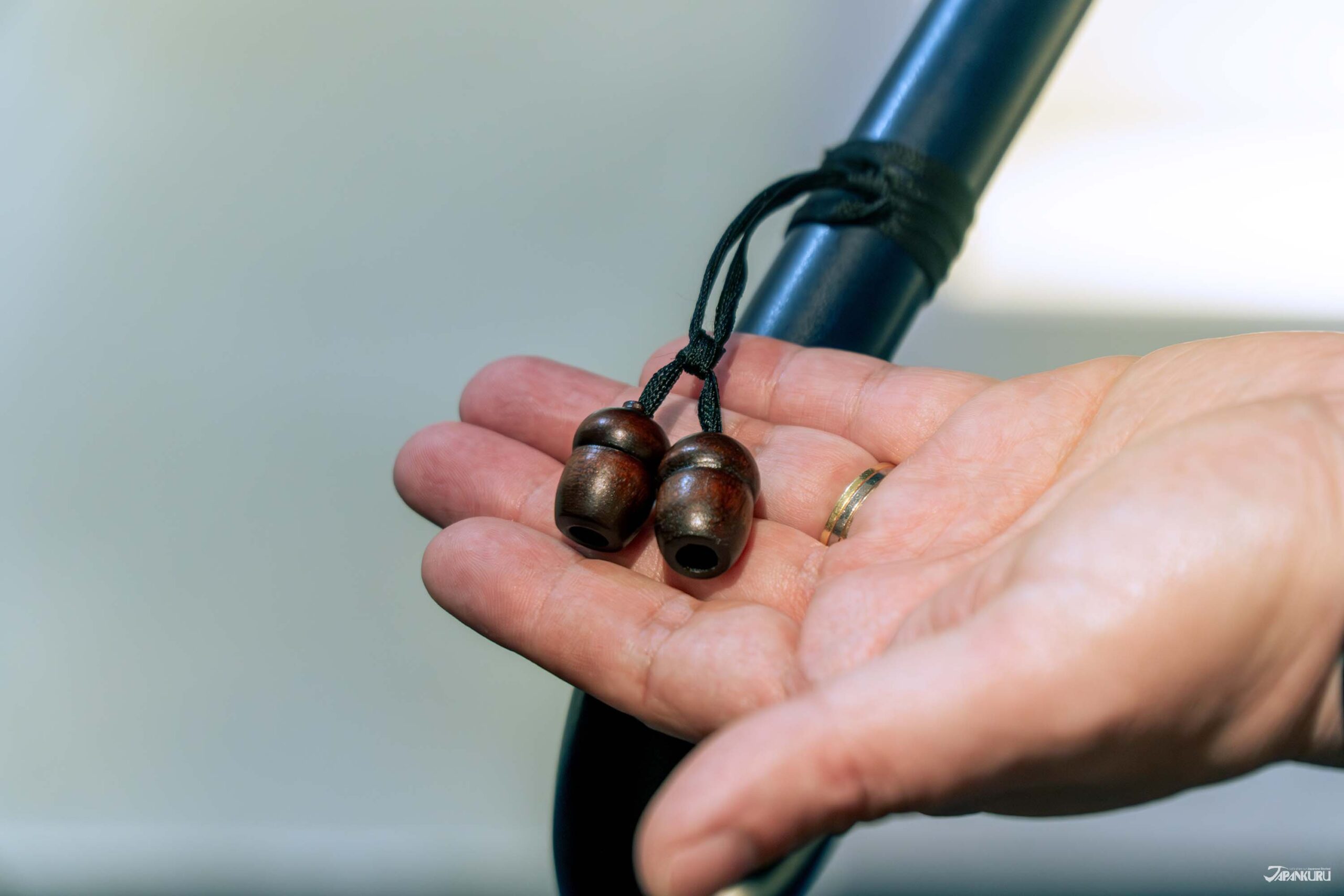
Ghibli fans will not want to miss the official Maehara Kouei Shouten x Studio Ghibli umbrellas inspired by My Neighbor Totoro! Modeled after the film’s iconic rainy-day scene at the bus stop, there are two types of umbrella available: Satsuki’s own umbrella, and the one she brought along for her father. The umbrellas feature a subtle Totoro design, and for a special extra detail, each one comes with little acorn charms to wrap around the handle. Unlike so many of the cutest Studio Ghibli merchandise items, these umbrellas are not limited edition, which means it’s easy for non-Japanese fans to get their hands on one as a souvenir, whenever they plan their next visit. It’s the perfect little luxury, allowing you to show off your love of Studio Ghibli and bring Totoro with you as you go about your daily life.
The Emperor’s 150,000-yen Umbrella

At the Maehara Kouei showroom you’ll find a variety of unique umbrellas, but one in particular boasts some serious prestige. Priced at 150,000 yen, Maehara’s “Imperial Umbrella” model was famously used by members of Japan’s imperial family, making a very public appearance at the previous emperor’s state funeral. This simple umbrella, beautifully crafted from the finest materials, helped establish Maehara Kouei Shouten as an “imperial brand.” Even if a 150,000 yen umbrella isn’t in the budget, it’s interesting to see what umbrella perfection might look like!
Custom Engraving Options
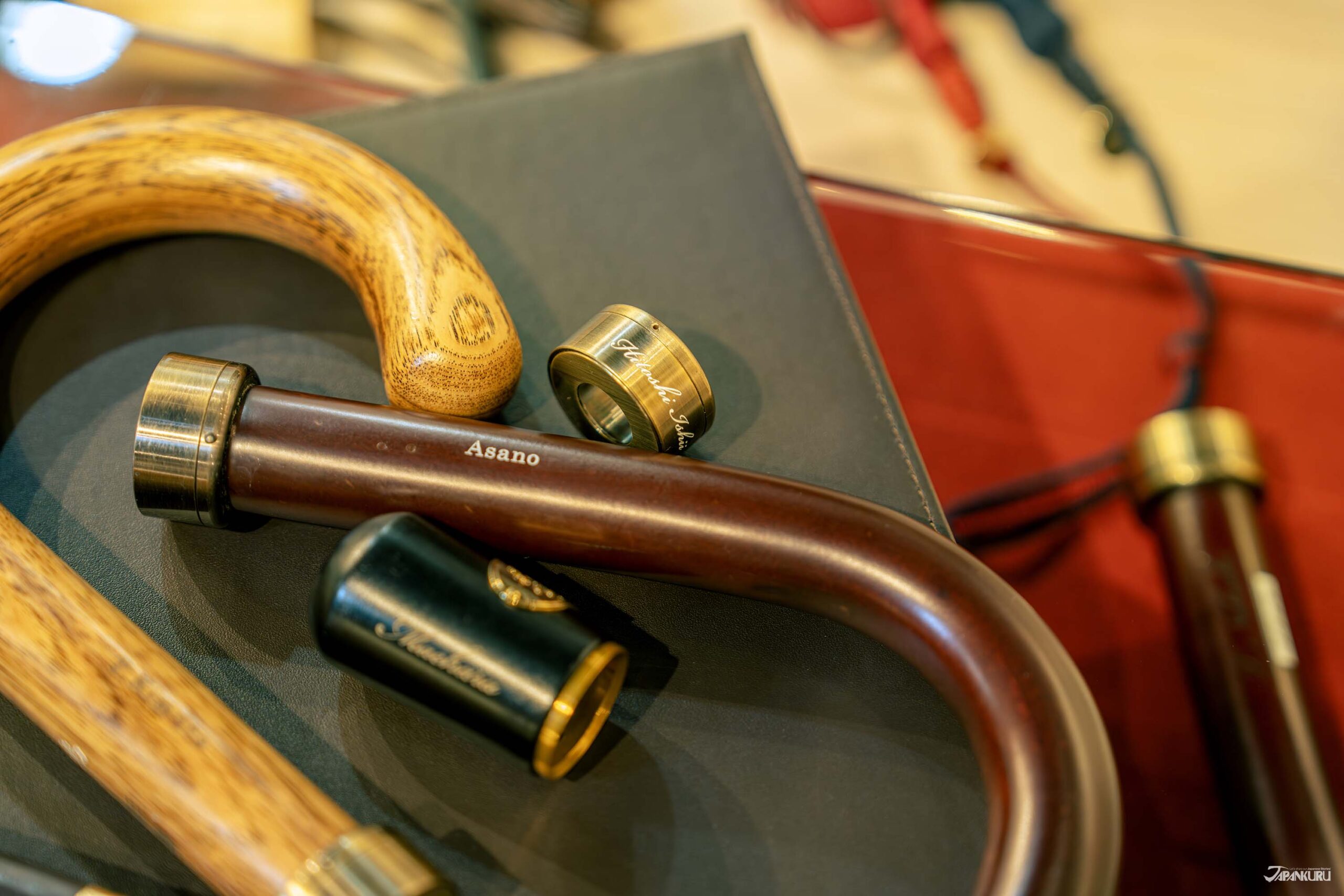
For an added personal touch, Maehara offers custom engraving services for a flat fee of 3,300 yen, perfect for gifts or a very special souvenir. Choose from Japanese or English in a selection of fonts to create a meaningful keepsake, or add a special message for a loved one.
Payment Options & Gift Wrapping
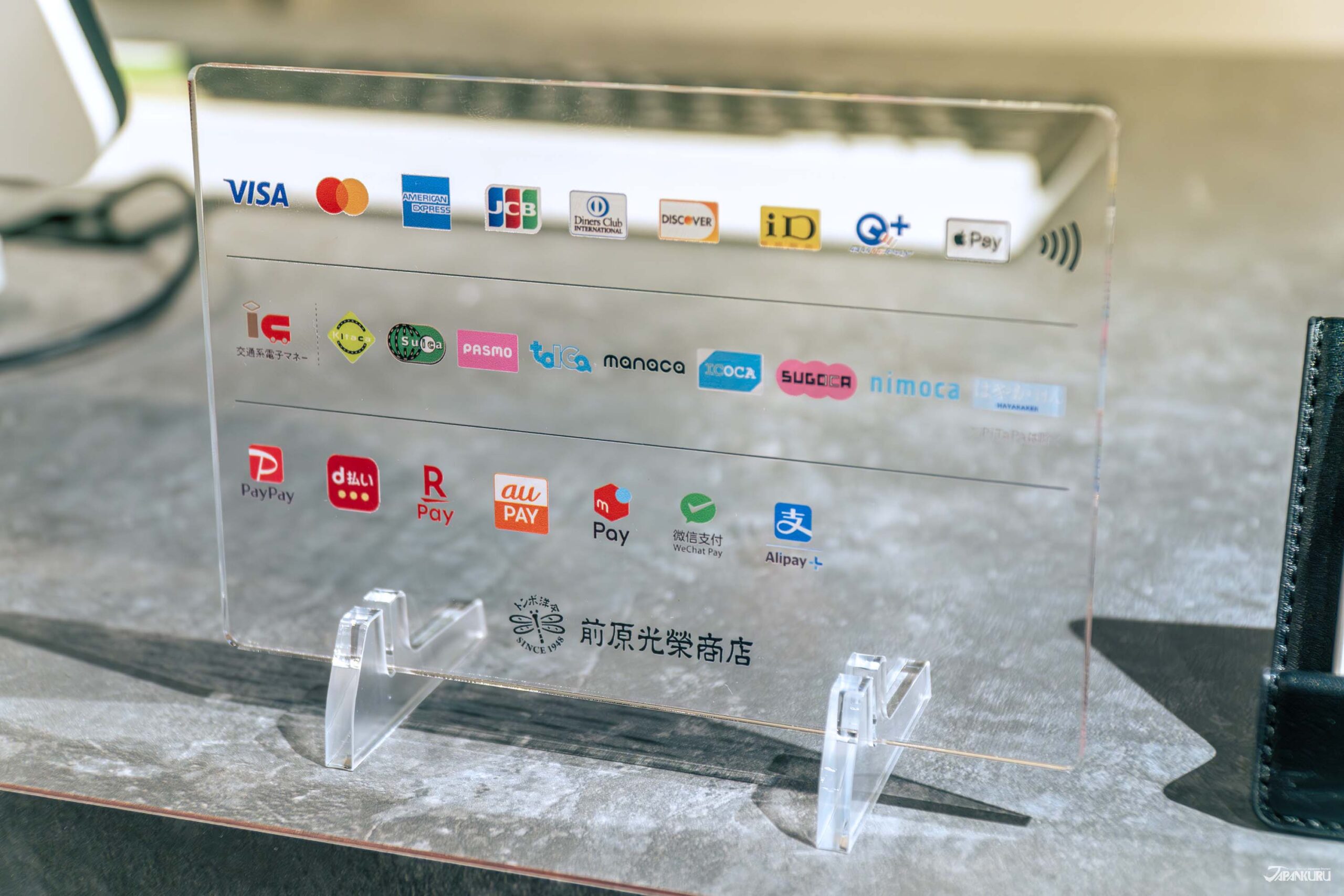
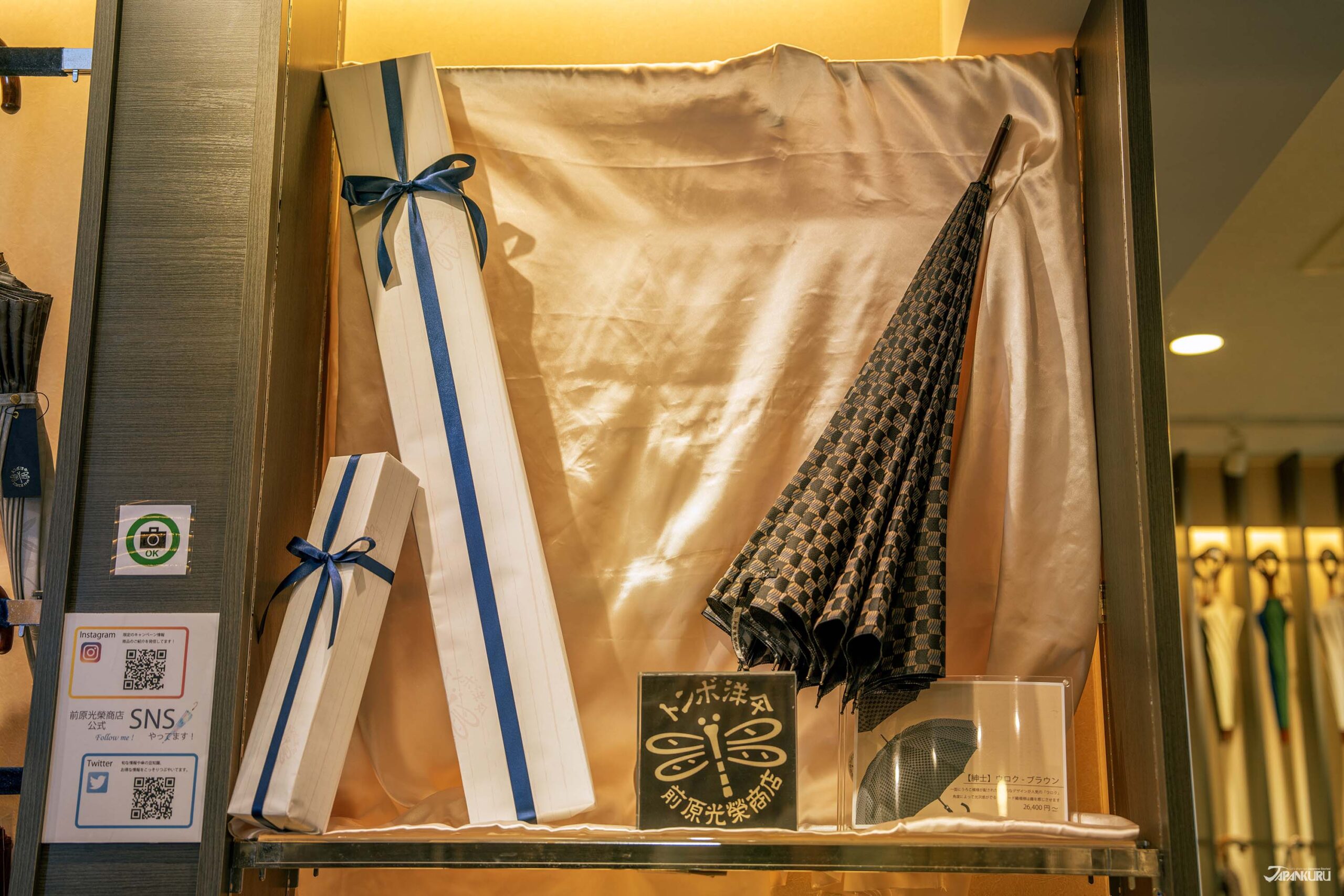
When you’ve finally found the perfect umbrella and you’re ready to pay, Maehara Kouei Shouten offers a number of convenient options. Visa, Mastercard, and American Express credit cards are accepted, along with mobile payment services like Apple Pay, WeChat Pay, or Allipay. (You can even use your Suica card if you want!) The store also provides elegant gift wrapping, using seasonal ribbons that change throughout the year, which pairs perfectly with a custom-engraved message when you’re buying an umbrella to gift to a loved one.
Enjoy Good Weather 365 Days a Year with Maehara Kouei Shouten
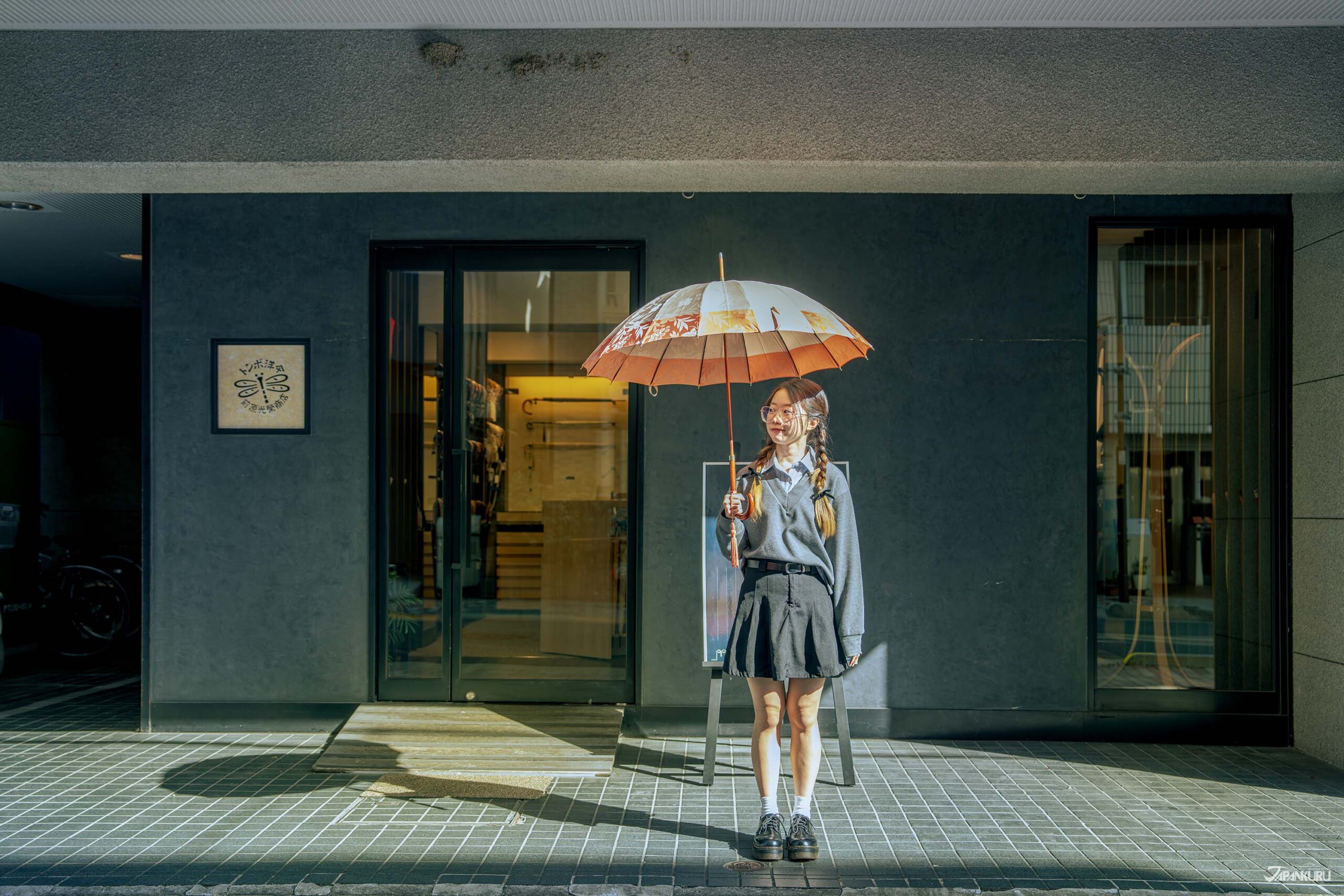
Maehara Kouei Shouten has taken the humble umbrella and turned it into a luxury item, crafting beautiful accessories that not only elevate your outfit but also turn gloomy mornings into lucky days. Pick up the shop’s illustrated guide map for the neighborhood, and enjoy a stroll through Kuramae’s picturesque streets with your new umbrella!
For more info and updates from Japan, check Japankuru for new articles, and don’t forget to follow us on X (Twitter), Instagram, and Facebook!

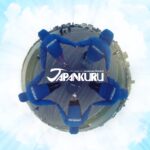



 >> Find out more at Japankuru.com! (link in bio)
#
>> Find out more at Japankuru.com! (link in bio)
#





 The Robot Restaurant is gone, but the Samurai Restaurant is here to take its place. Check it out, and don't forget your coupon!
The Robot Restaurant is gone, but the Samurai Restaurant is here to take its place. Check it out, and don't forget your coupon!
 신주쿠의 명소 로봇 레스토랑이 사무라이 레스토랑으로 부활! 절찬 쿠폰 발급중
신주쿠의 명소 로봇 레스토랑이 사무라이 레스토랑으로 부활! 절찬 쿠폰 발급중
 18歲以上才能入場的歌舞秀,和你想的不一樣!拿好優惠券去看看~
#tokyo #shinjuku #samurairestaurant #robotrestaurant #tokyotrip #도쿄여행 #신주쿠 #사무라이레스토랑 #이색체험 #할인이벤트 #歌舞伎町 #東京景點 #武士餐廳 #日本表演 #日本文化體驗 #japankuru #japantrip #japantravel #japanlovers #japan_of_insta
18歲以上才能入場的歌舞秀,和你想的不一樣!拿好優惠券去看看~
#tokyo #shinjuku #samurairestaurant #robotrestaurant #tokyotrip #도쿄여행 #신주쿠 #사무라이레스토랑 #이색체험 #할인이벤트 #歌舞伎町 #東京景點 #武士餐廳 #日本表演 #日本文化體驗 #japankuru #japantrip #japantravel #japanlovers #japan_of_insta
 코지마 x 빅 카메라 쿠폰으로 일본 가전 제품 쇼핑하기
#pr #japankuru #japanshopping #kojima #biccamera #japaneseskincare #yaman #dji #osmopocket3 #skincaredevice #日本購物 #美容儀 #相機 #雅萌 #日本家電 #일본여행 #면세 #여행꿀팁 #일본쇼핑리스트 #쿠폰 #일본쇼핑 #일본브랜드 #할인 #코지마 #빅카메라 #japankurucoupon
코지마 x 빅 카메라 쿠폰으로 일본 가전 제품 쇼핑하기
#pr #japankuru #japanshopping #kojima #biccamera #japaneseskincare #yaman #dji #osmopocket3 #skincaredevice #日本購物 #美容儀 #相機 #雅萌 #日本家電 #일본여행 #면세 #여행꿀팁 #일본쇼핑리스트 #쿠폰 #일본쇼핑 #일본브랜드 #할인 #코지마 #빅카메라 #japankurucoupon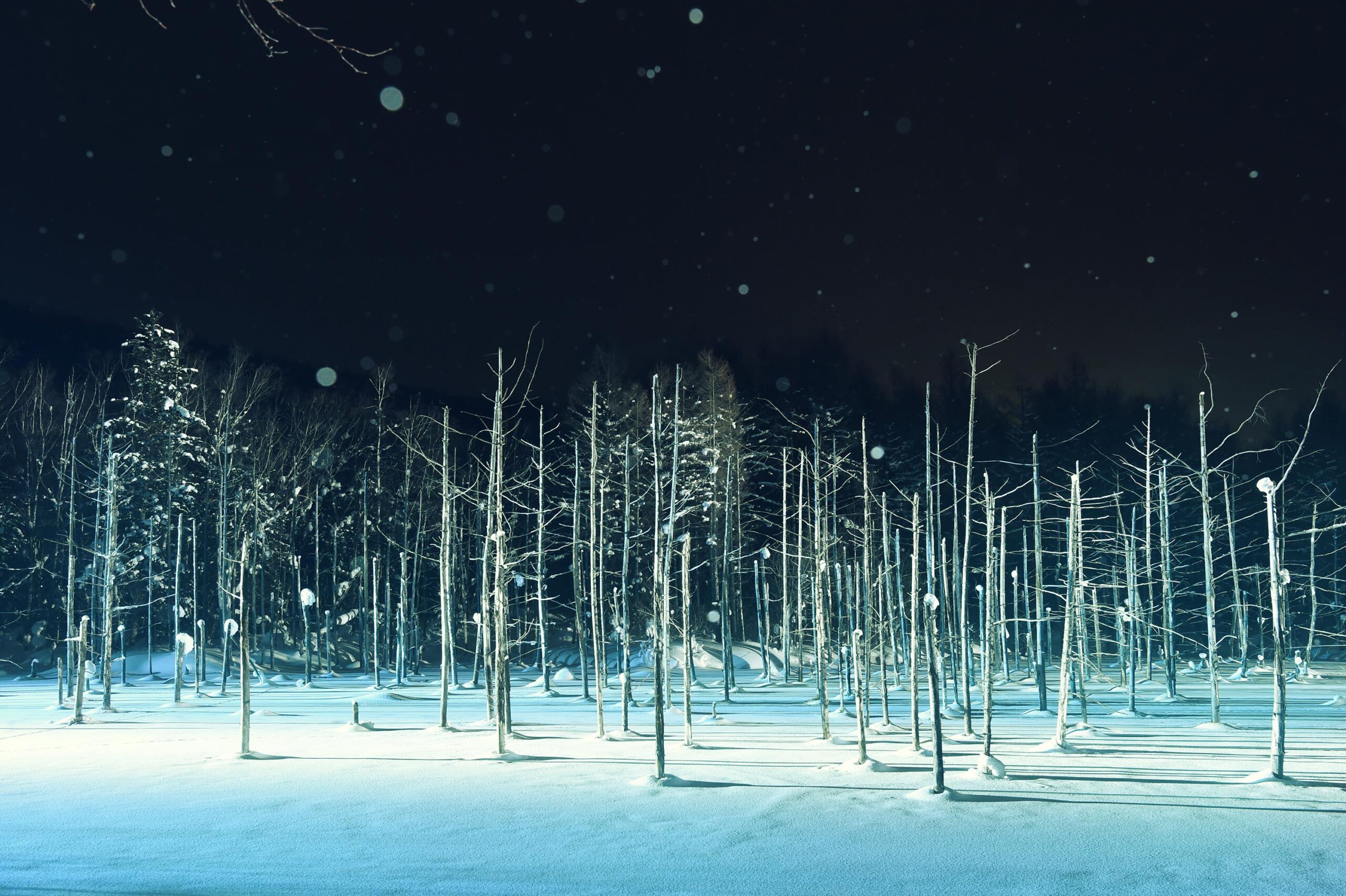
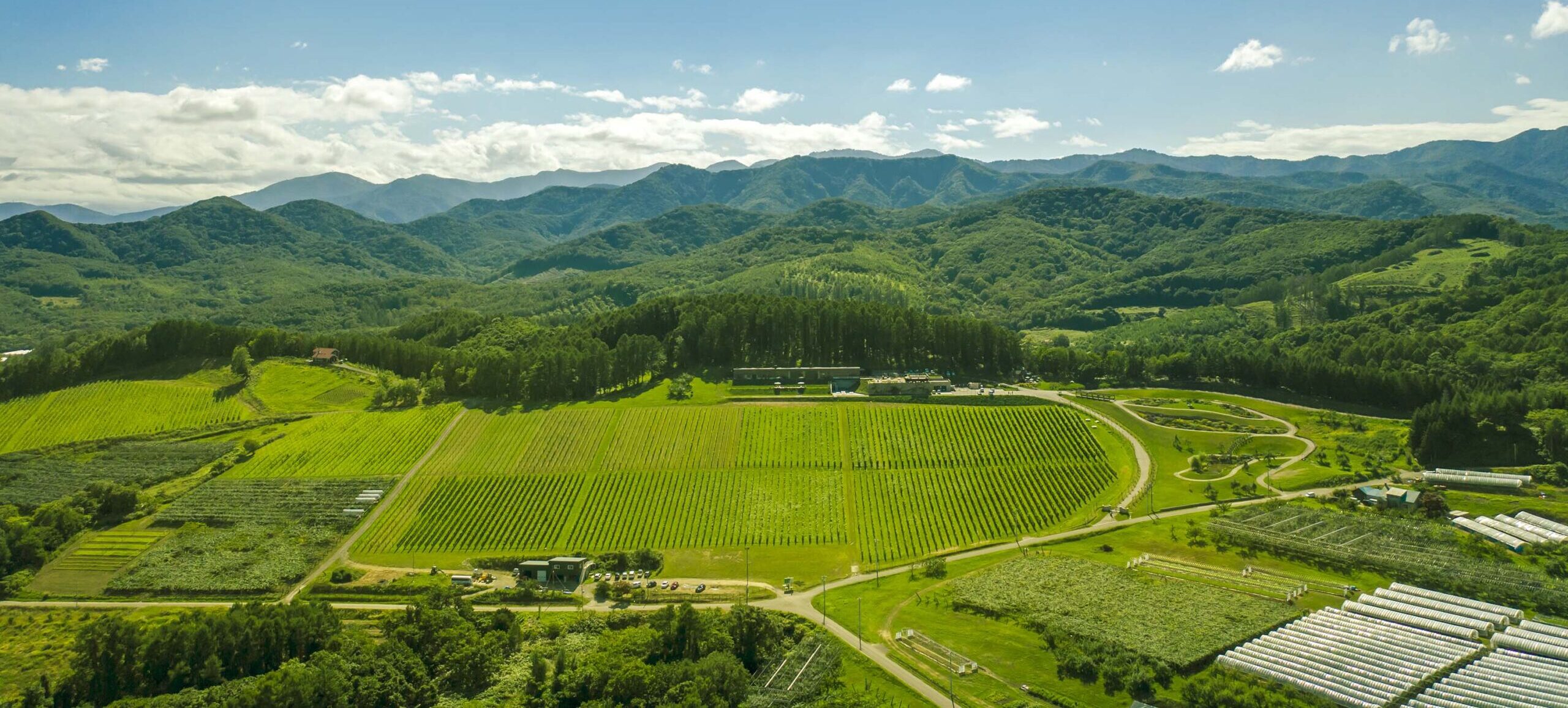
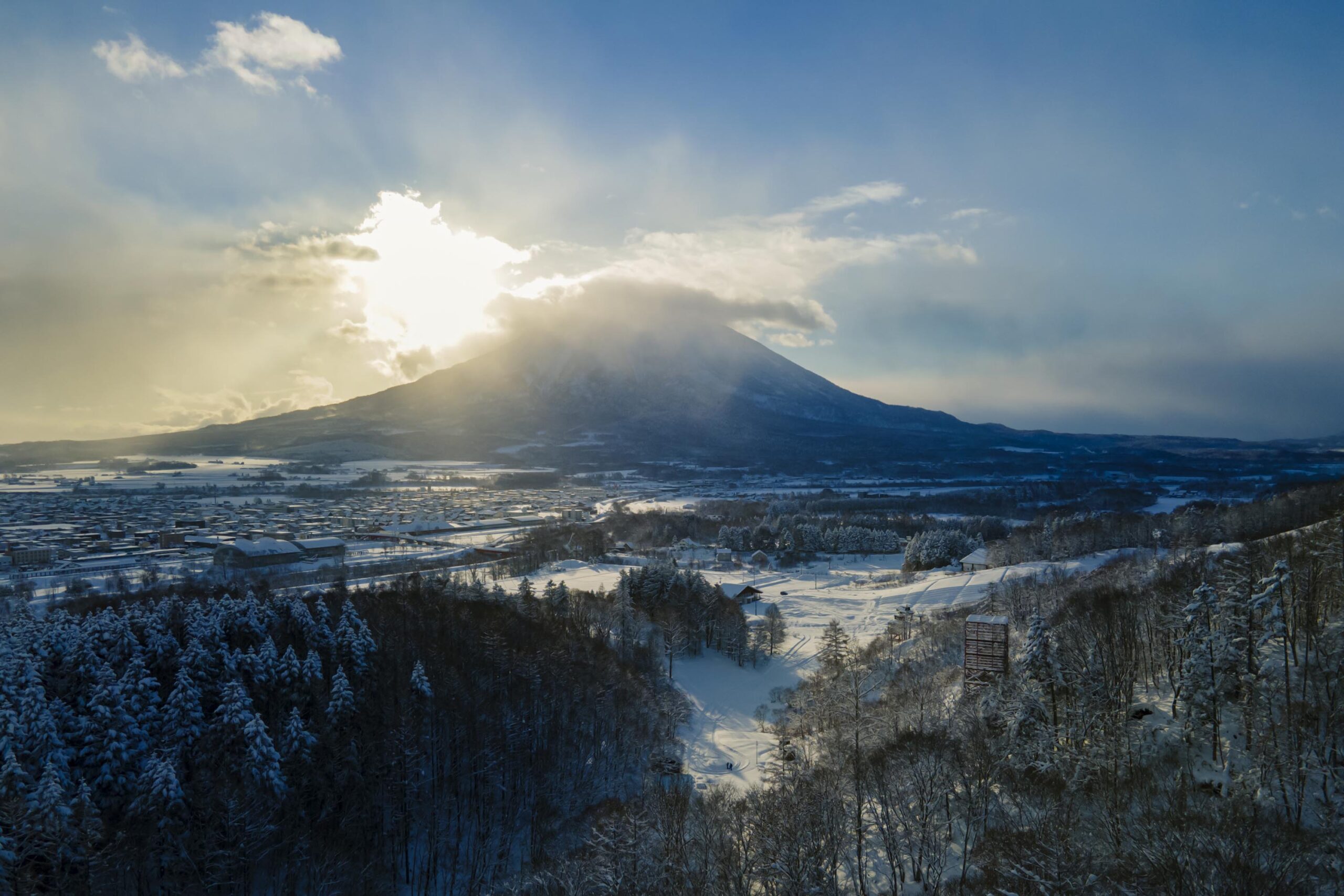
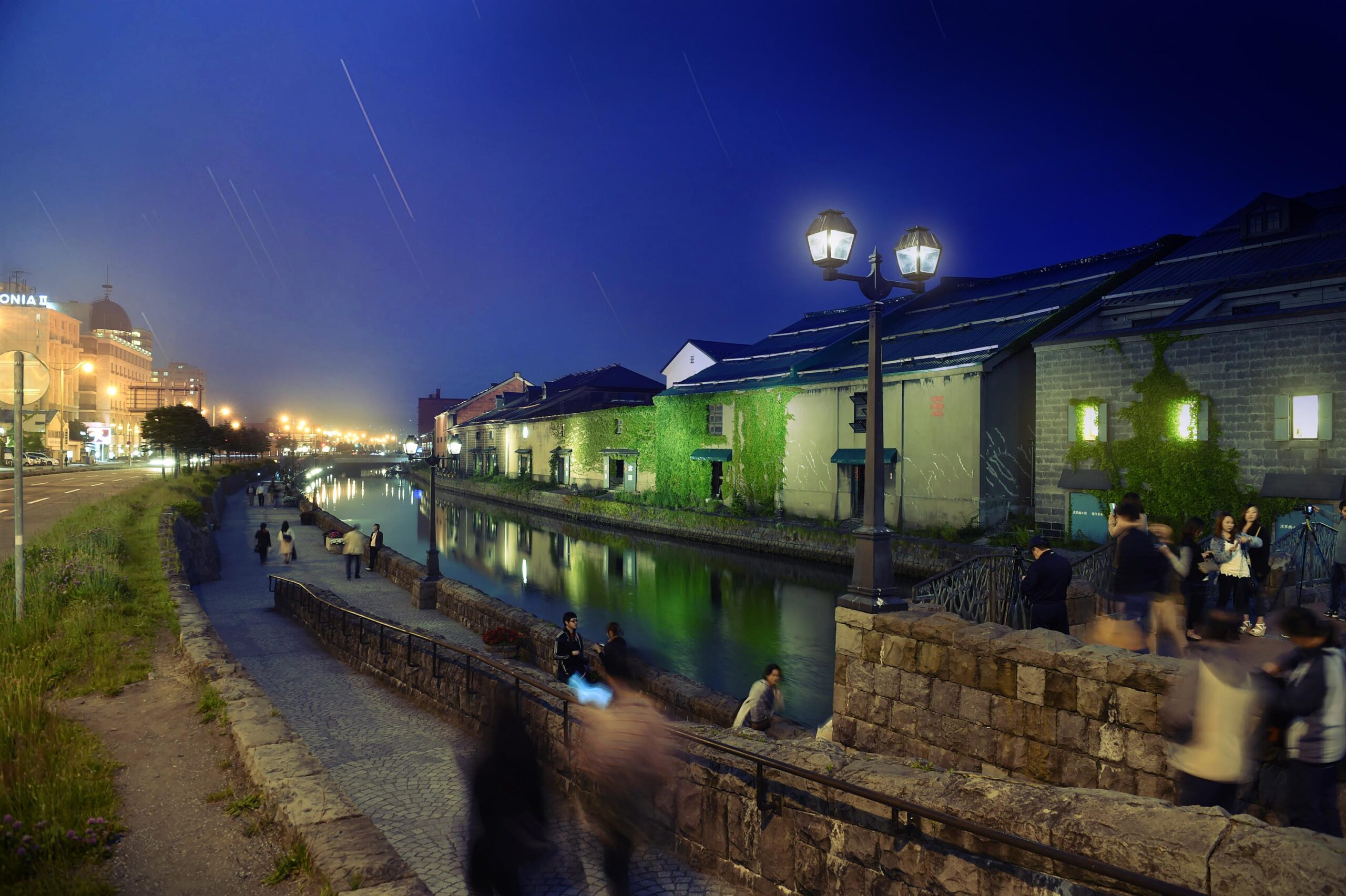
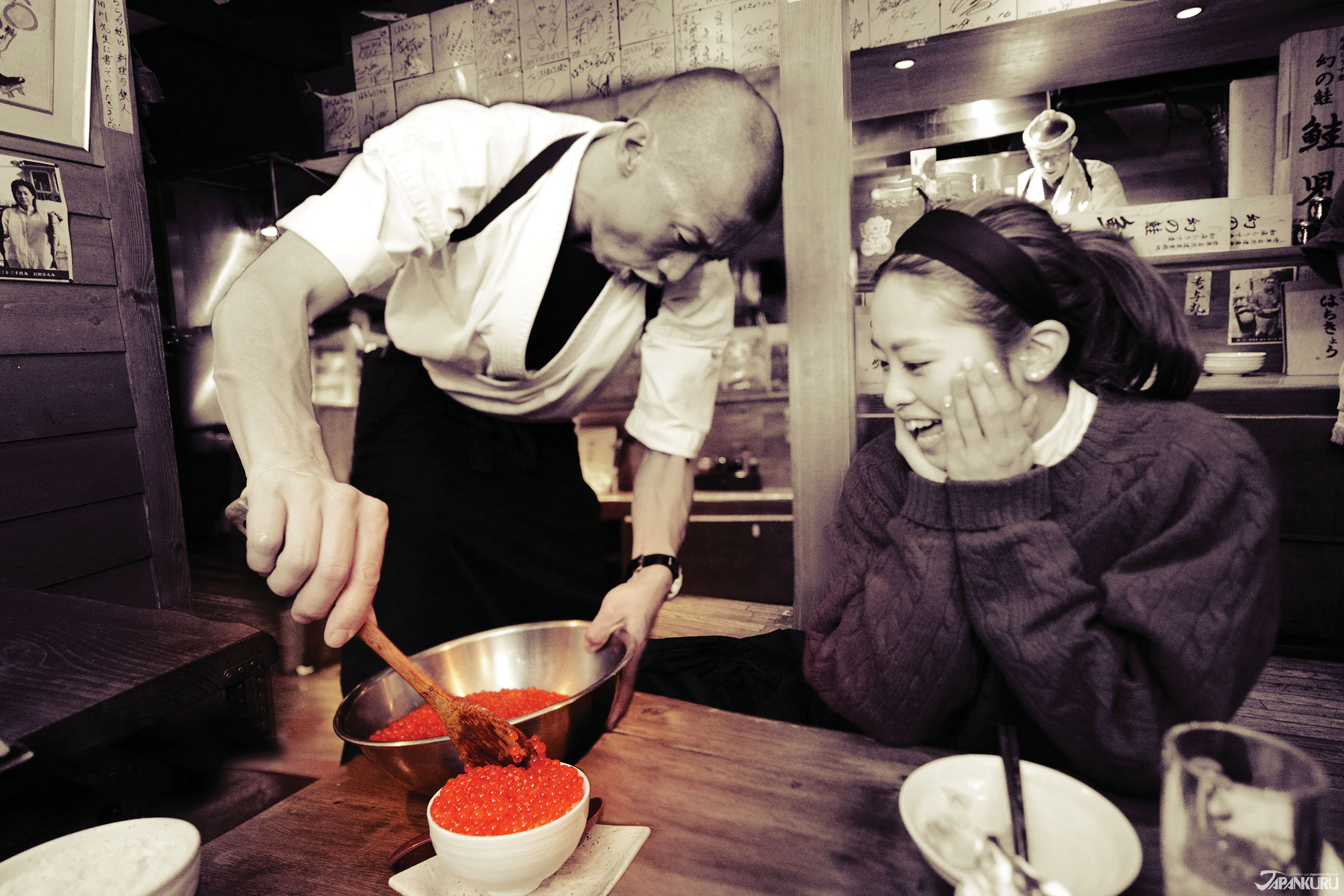
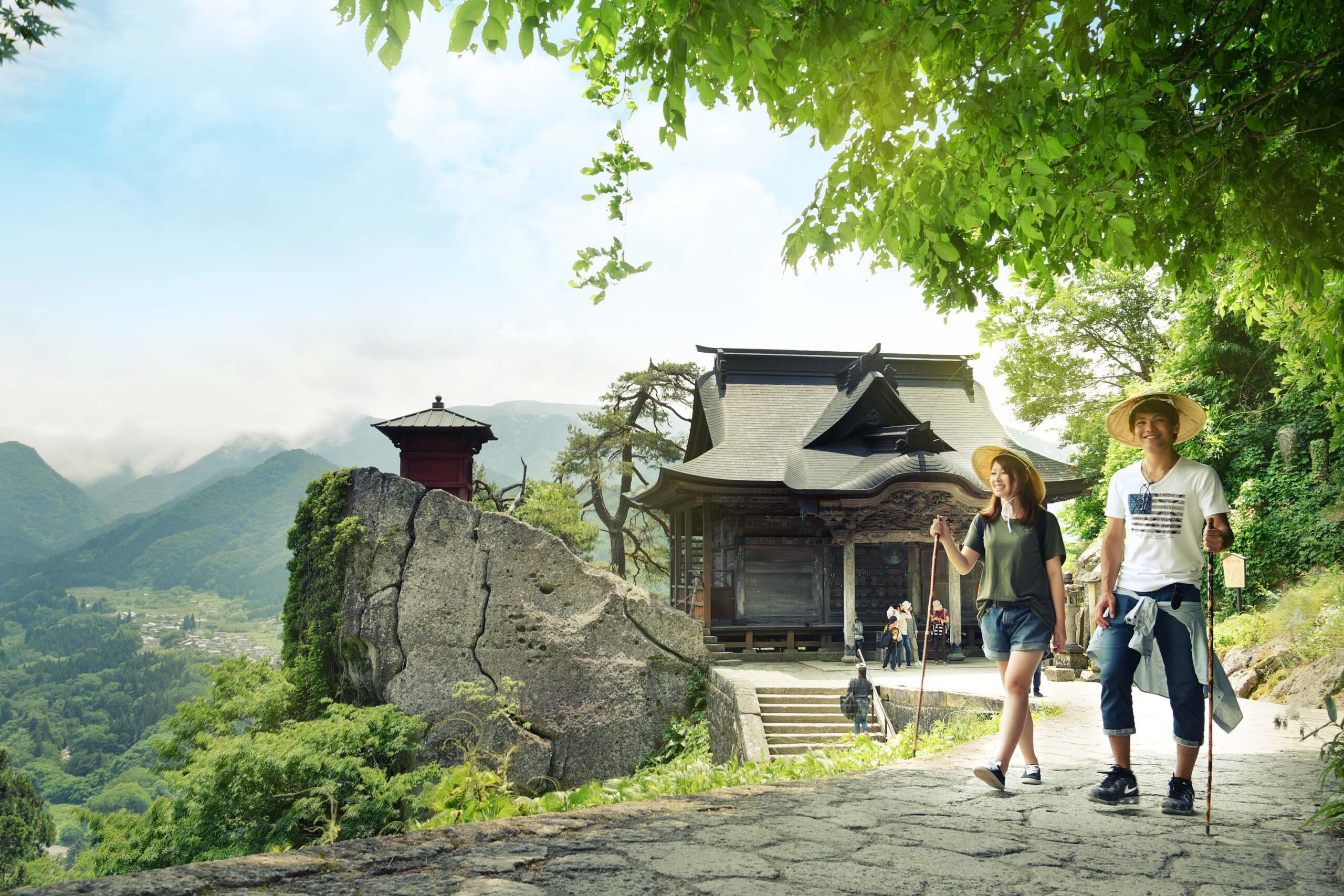
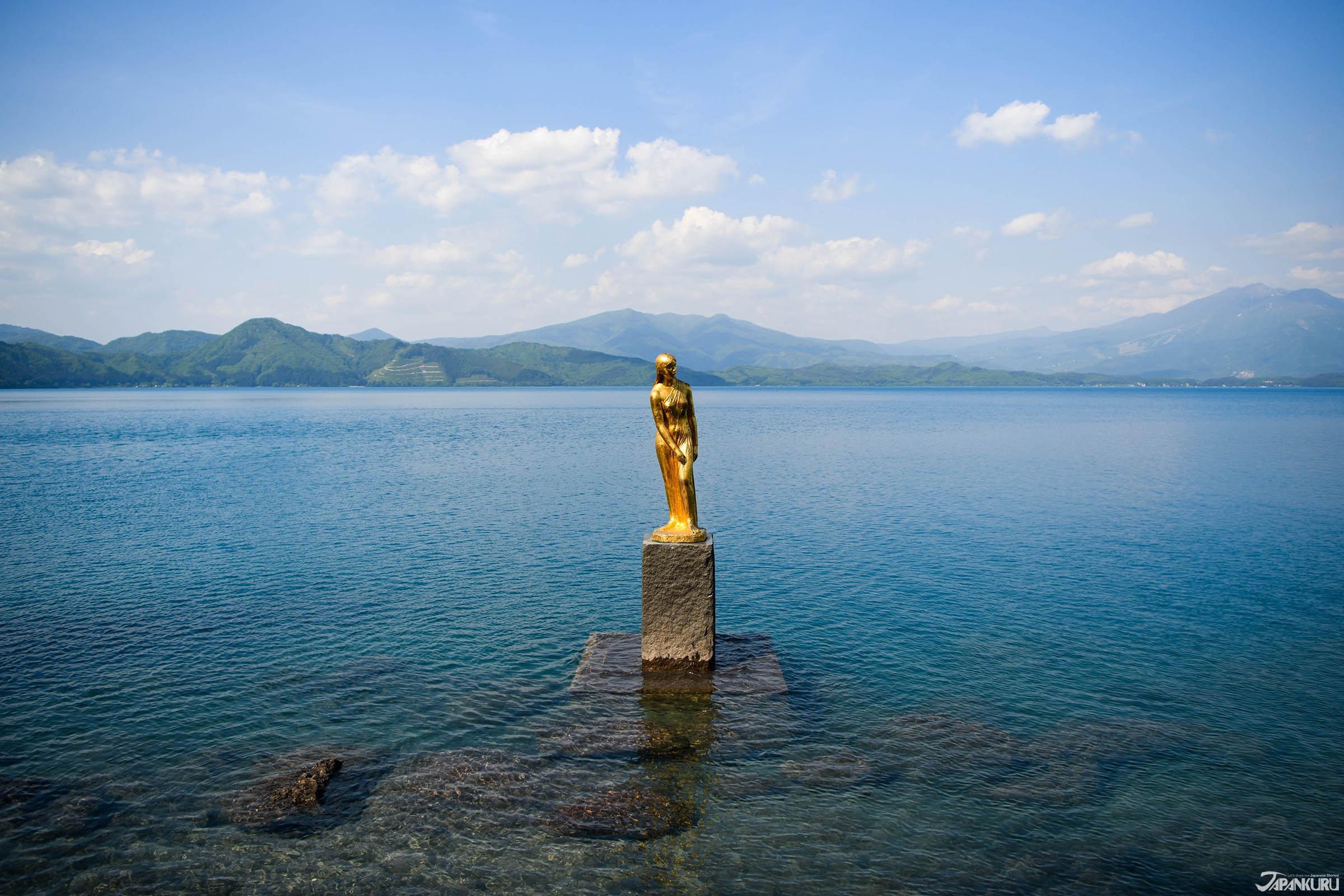

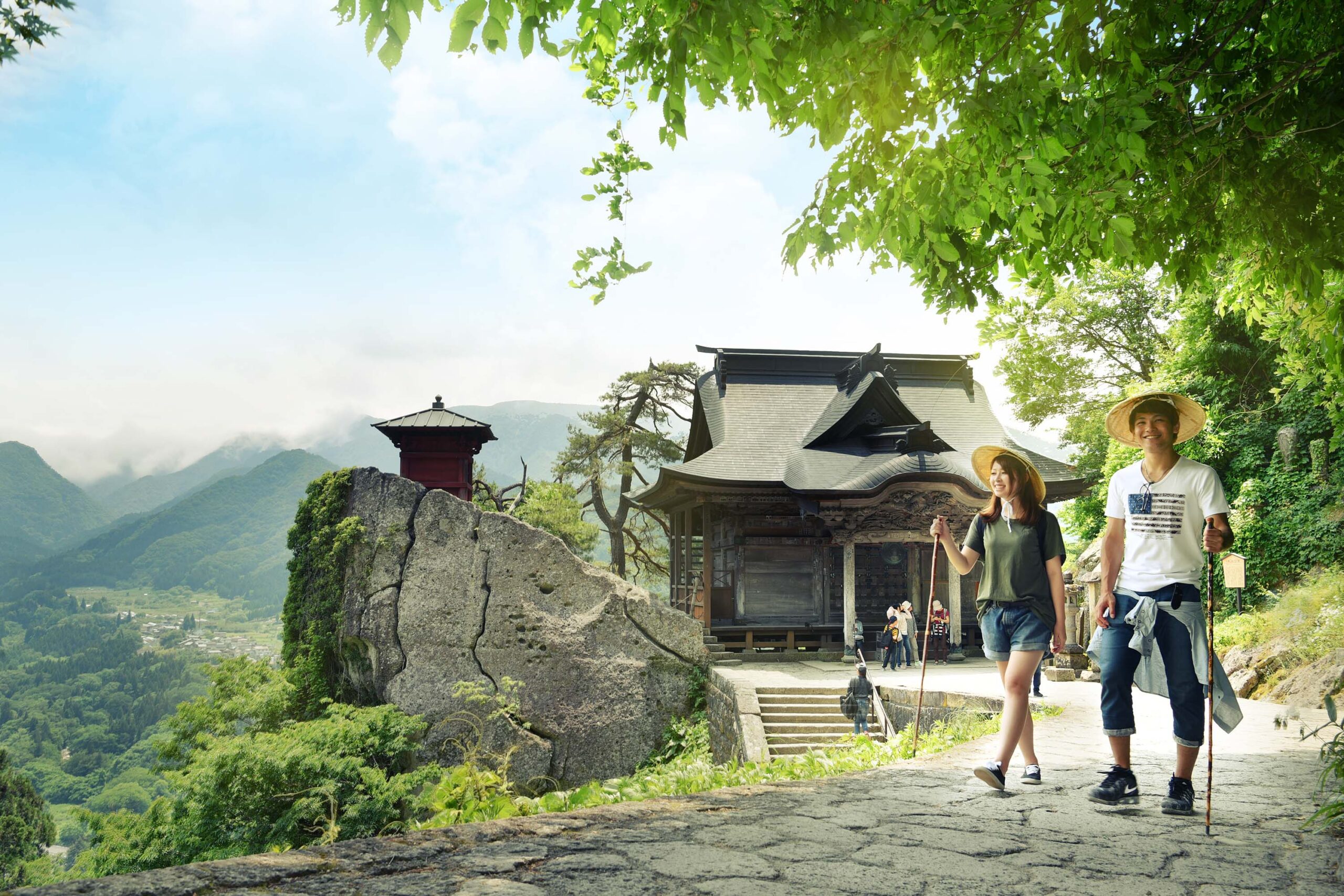
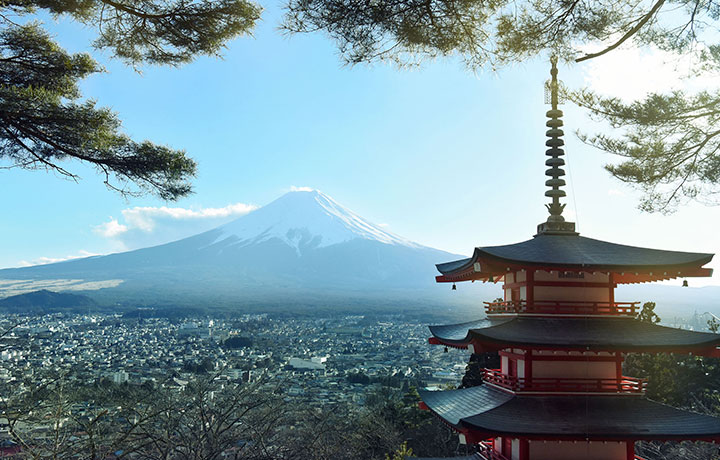
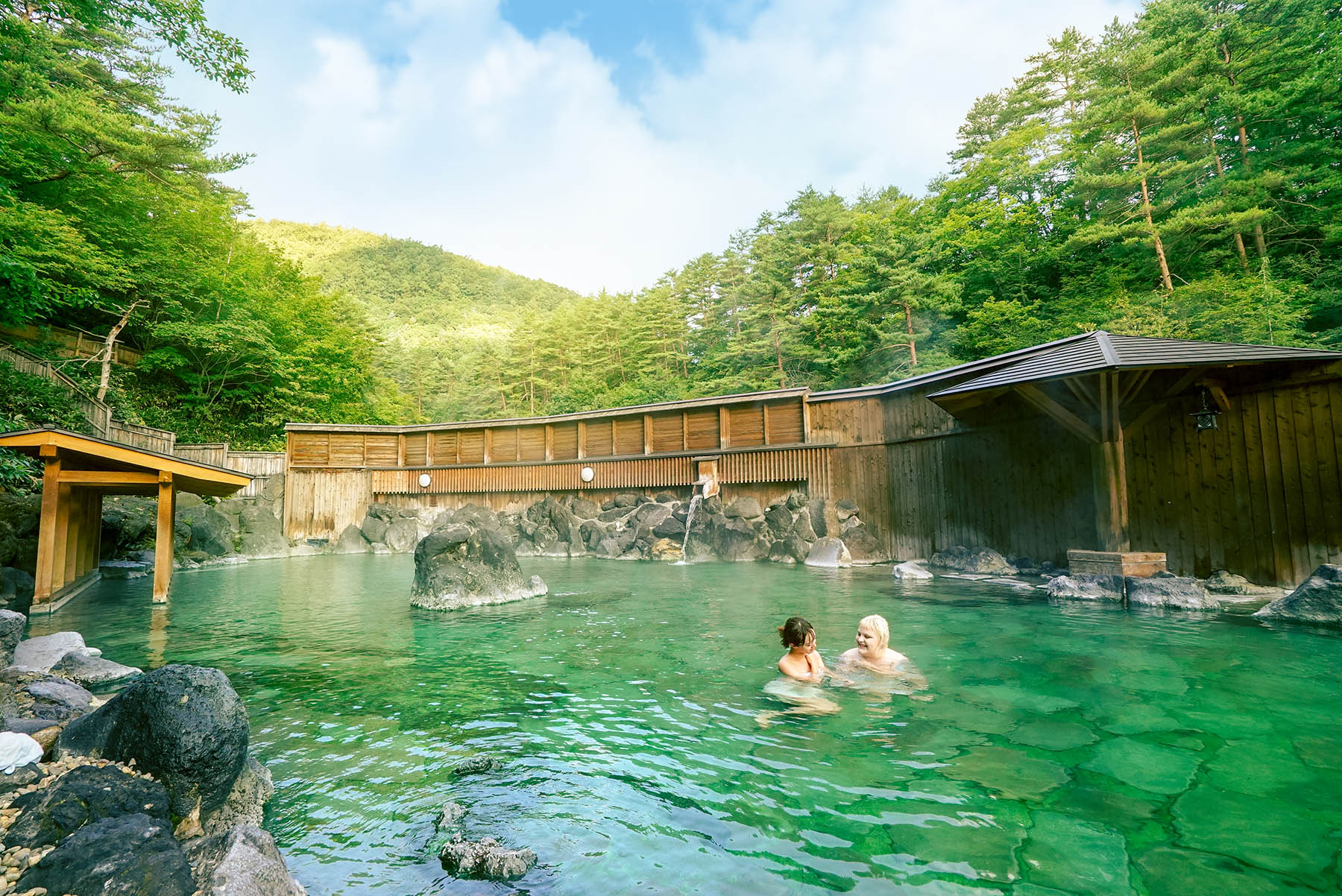

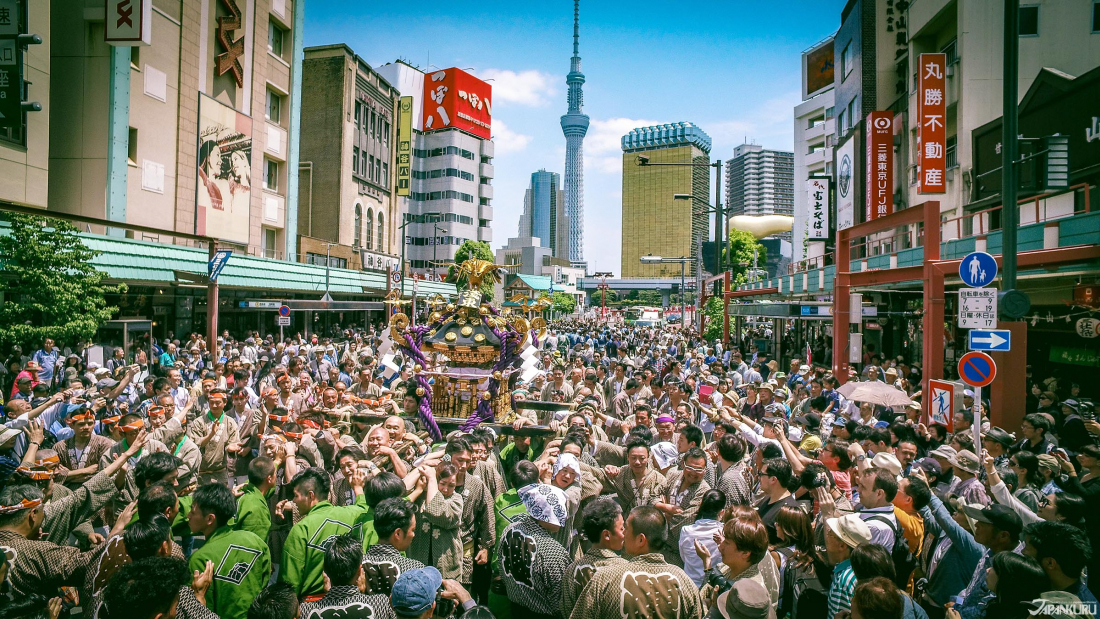
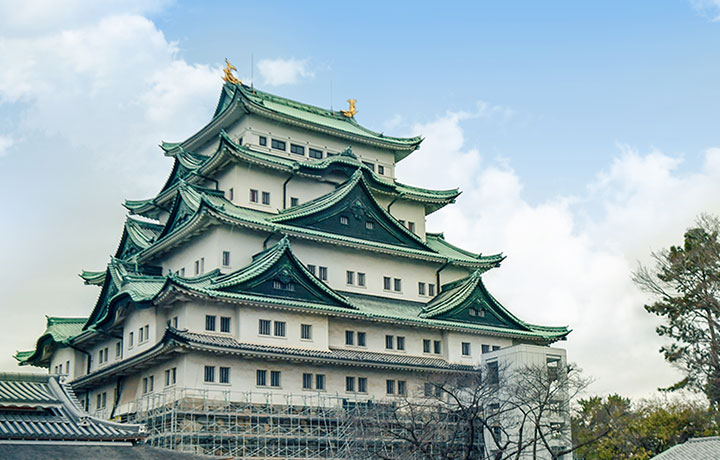
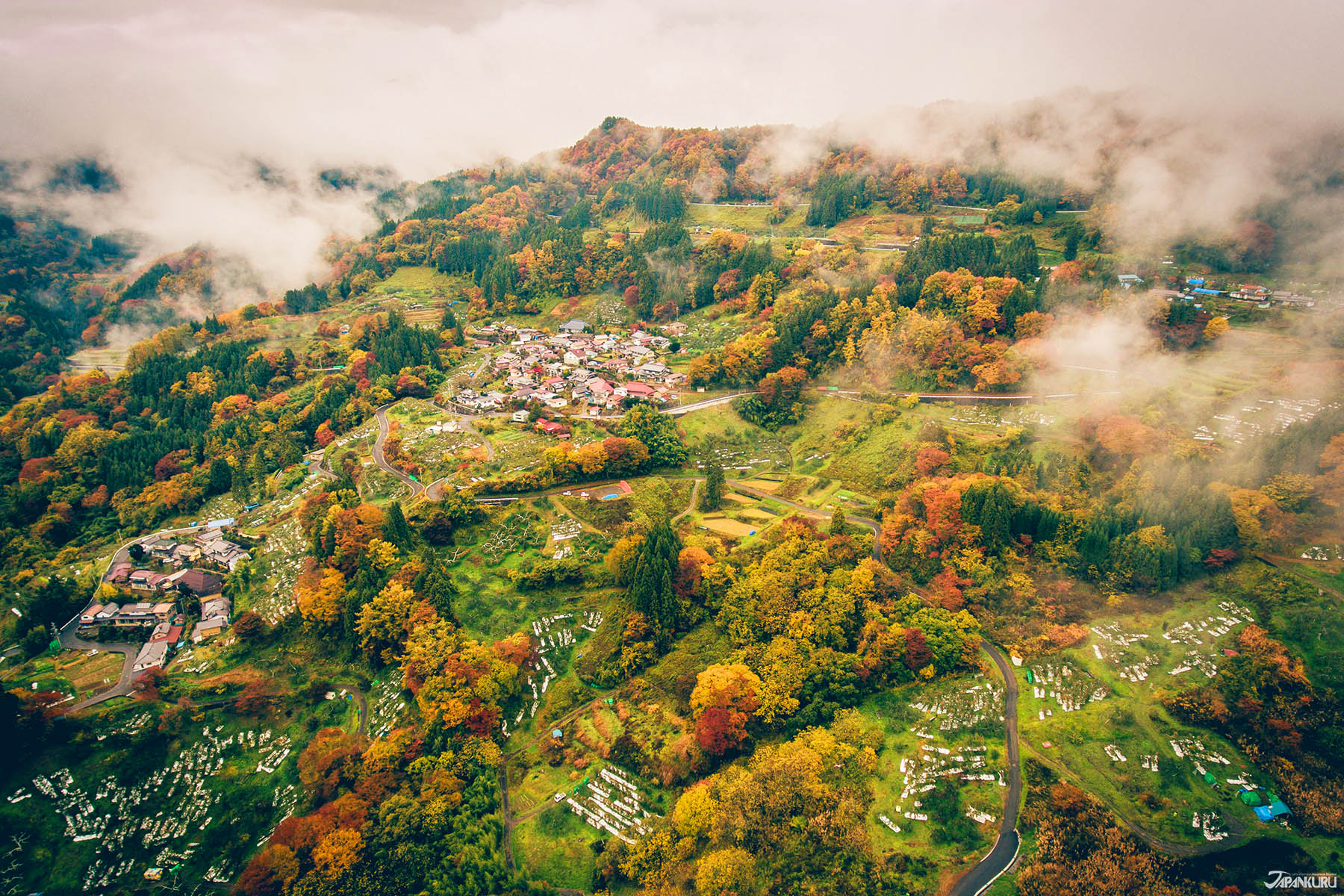
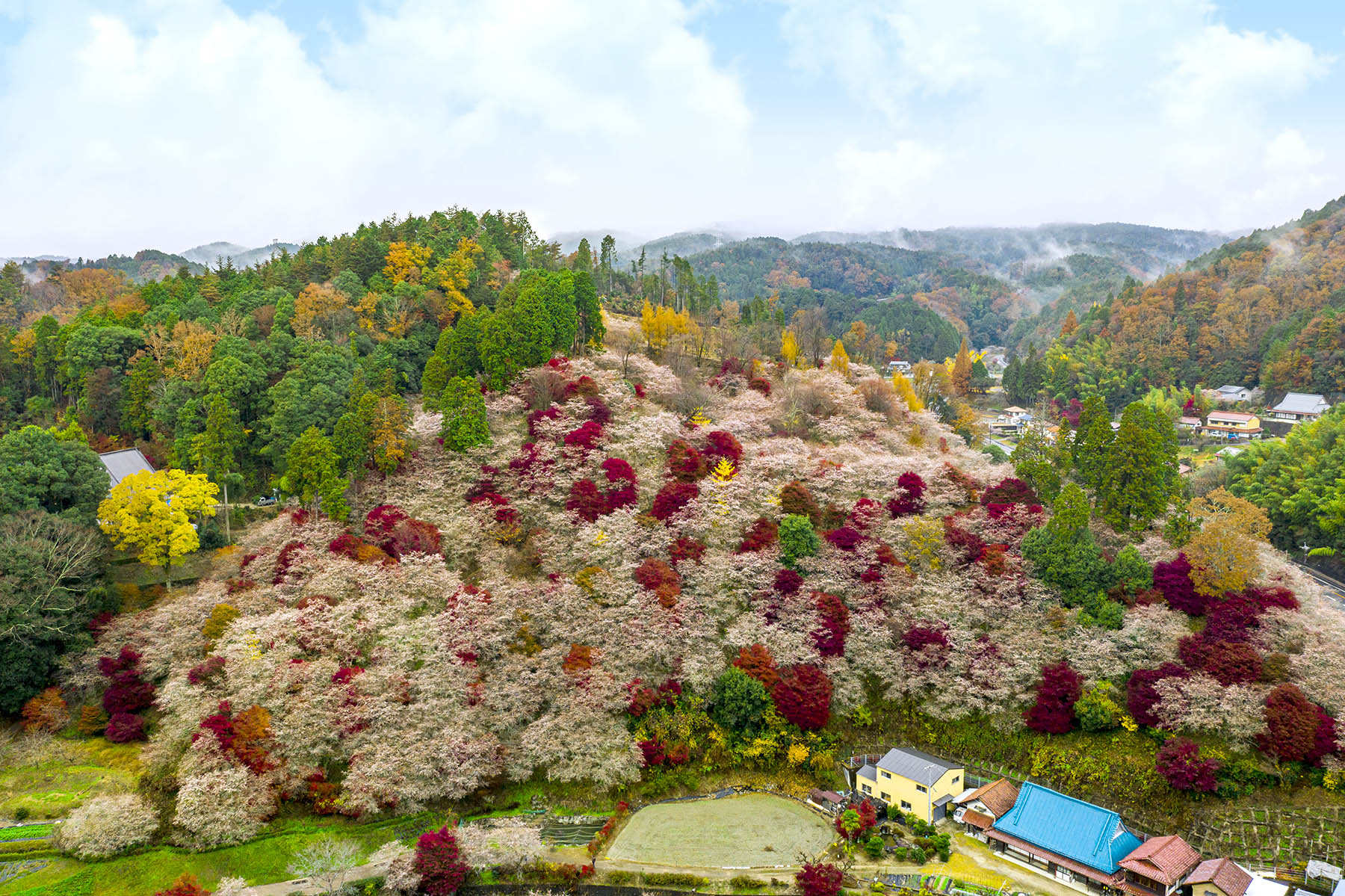
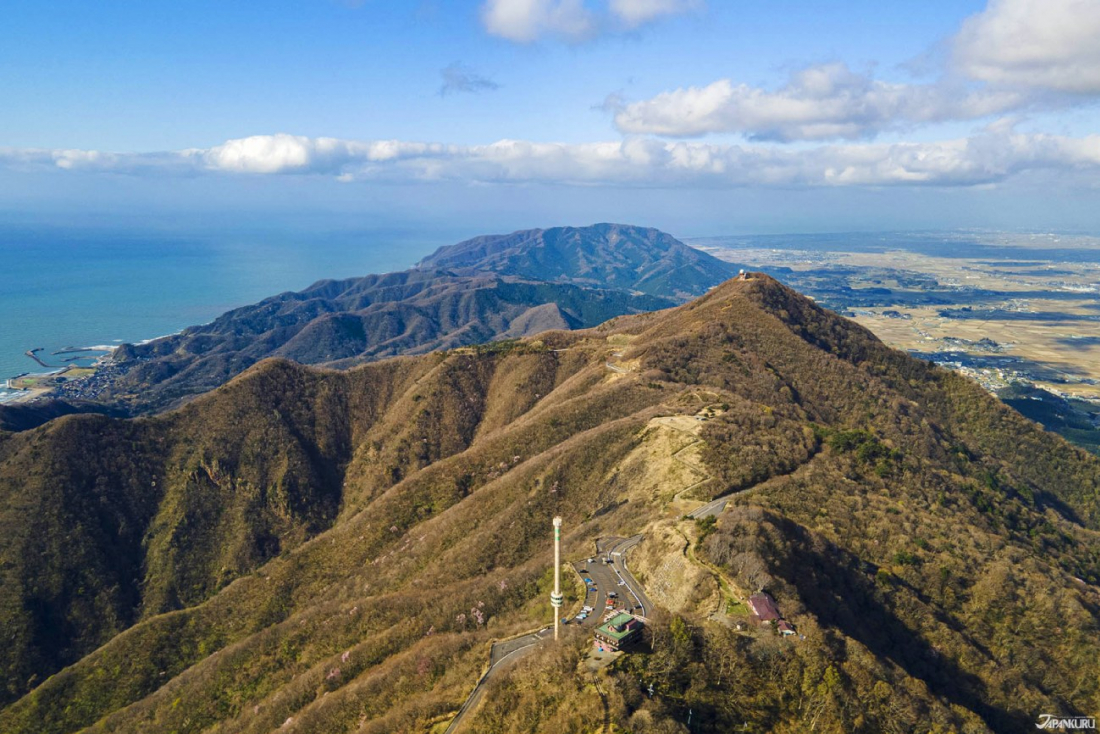
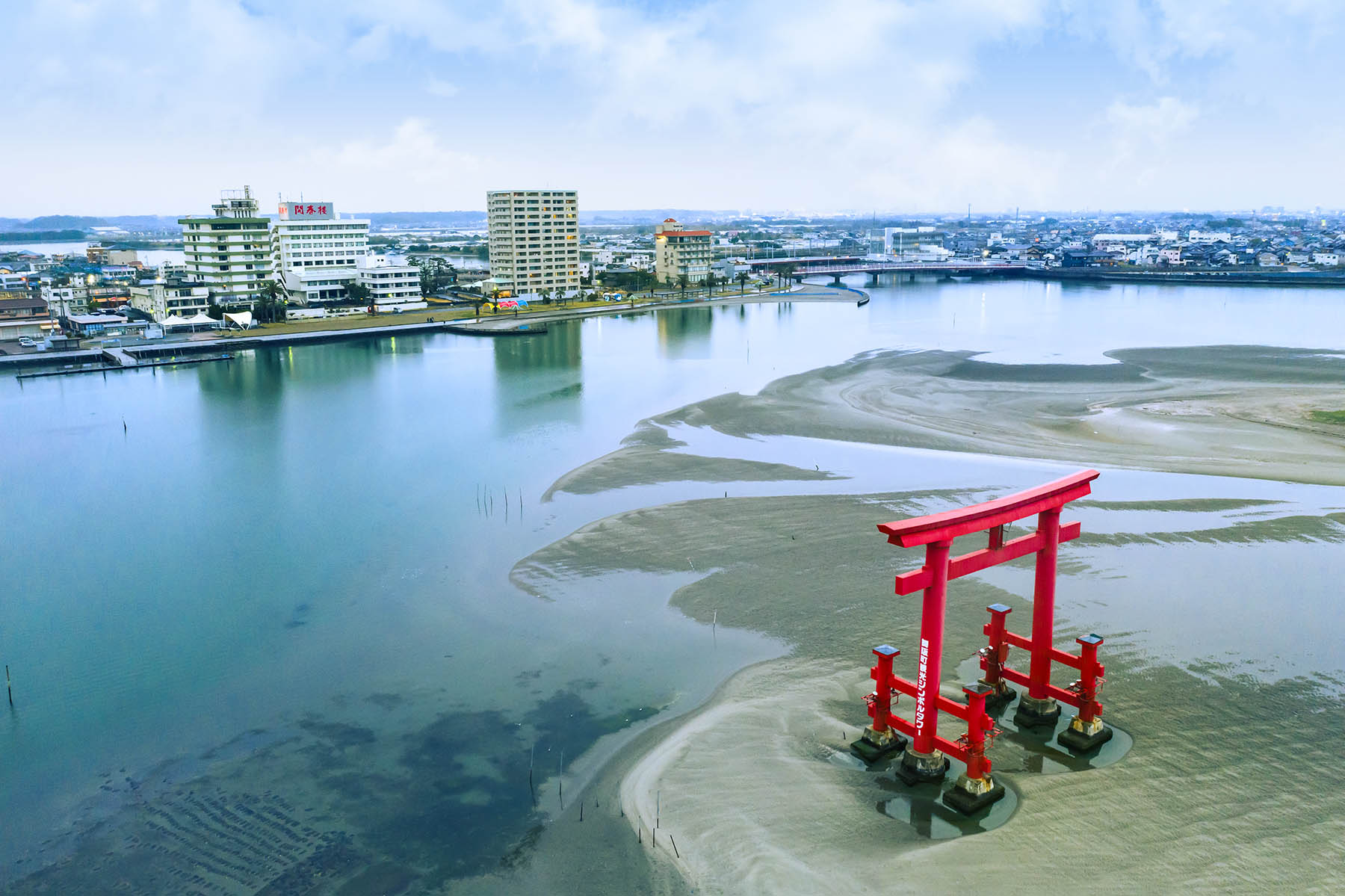
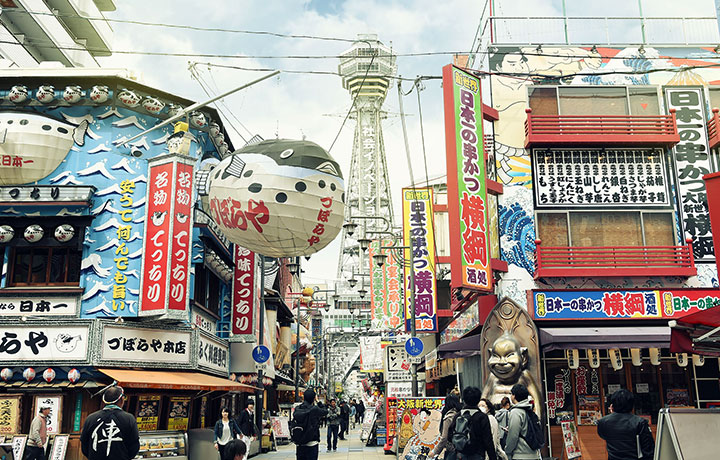

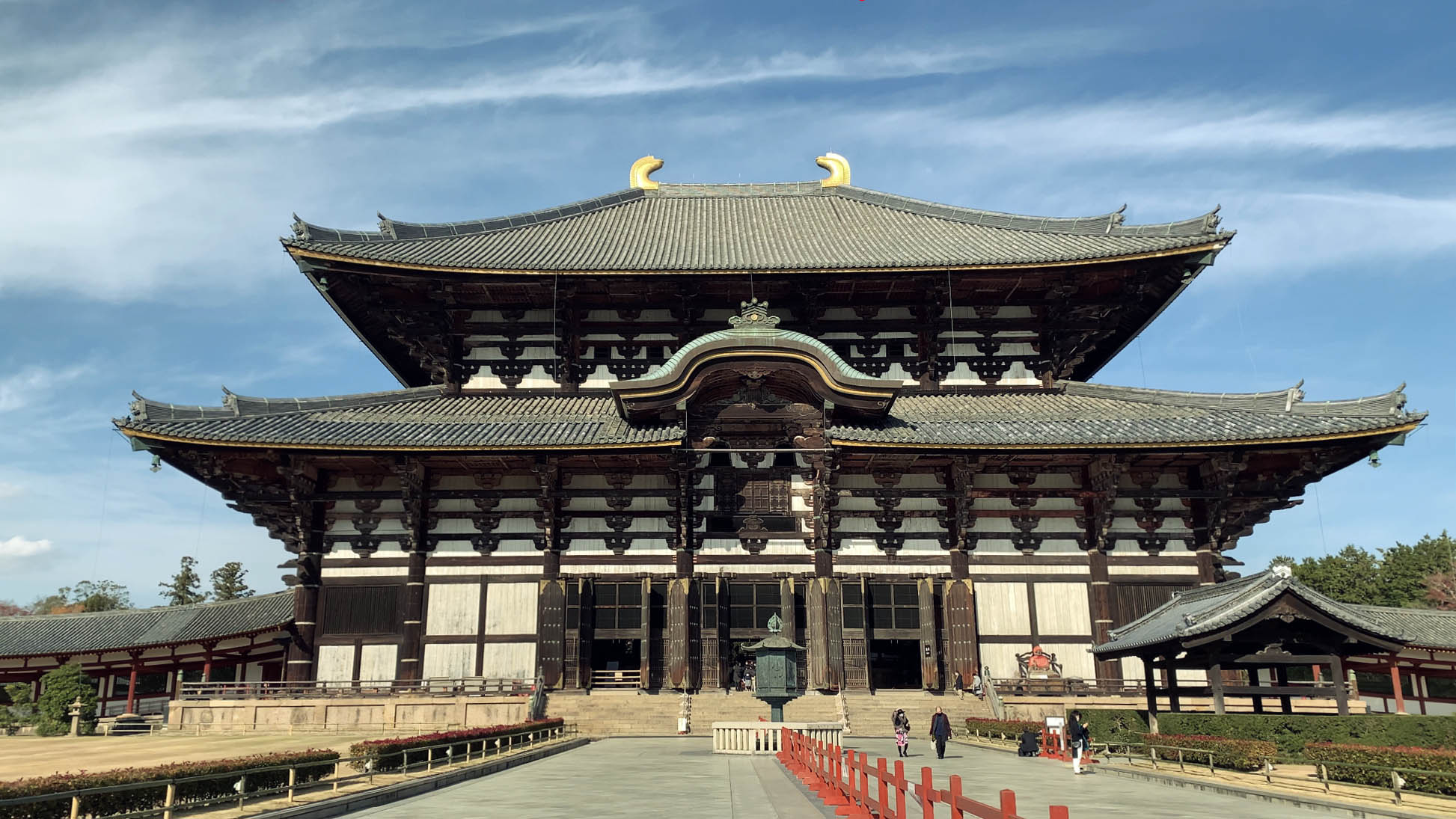
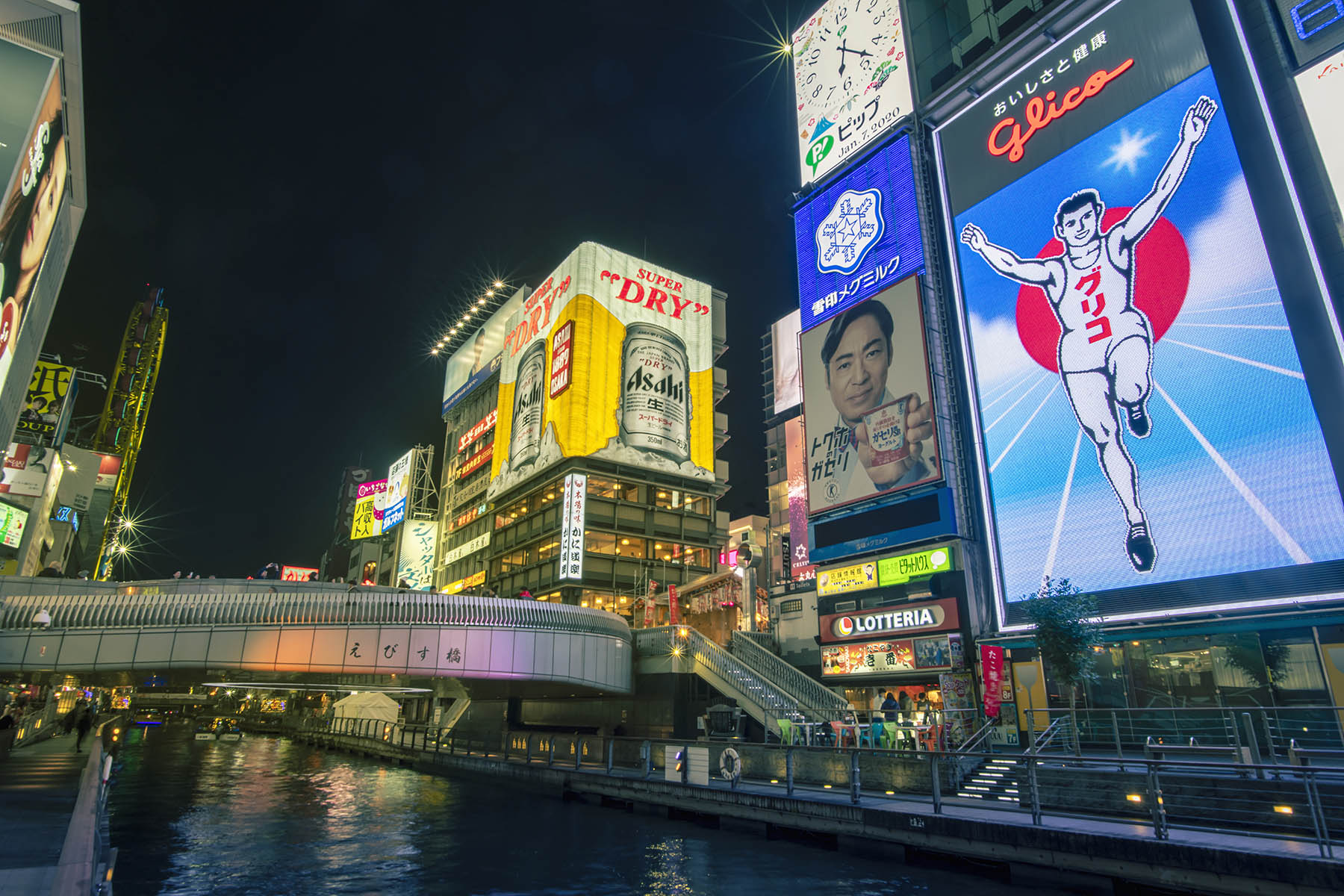
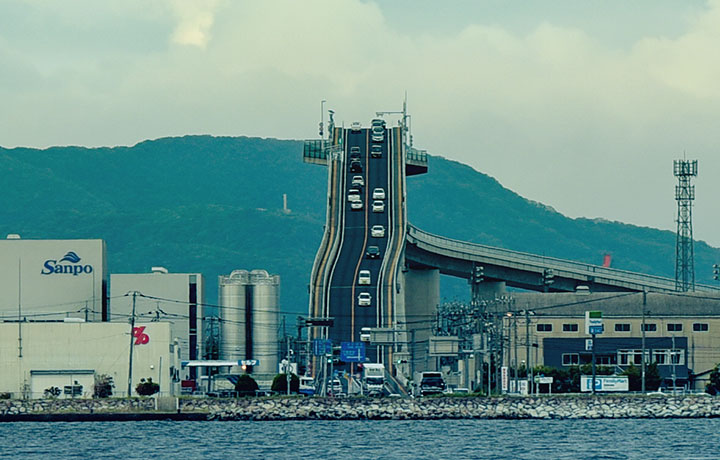
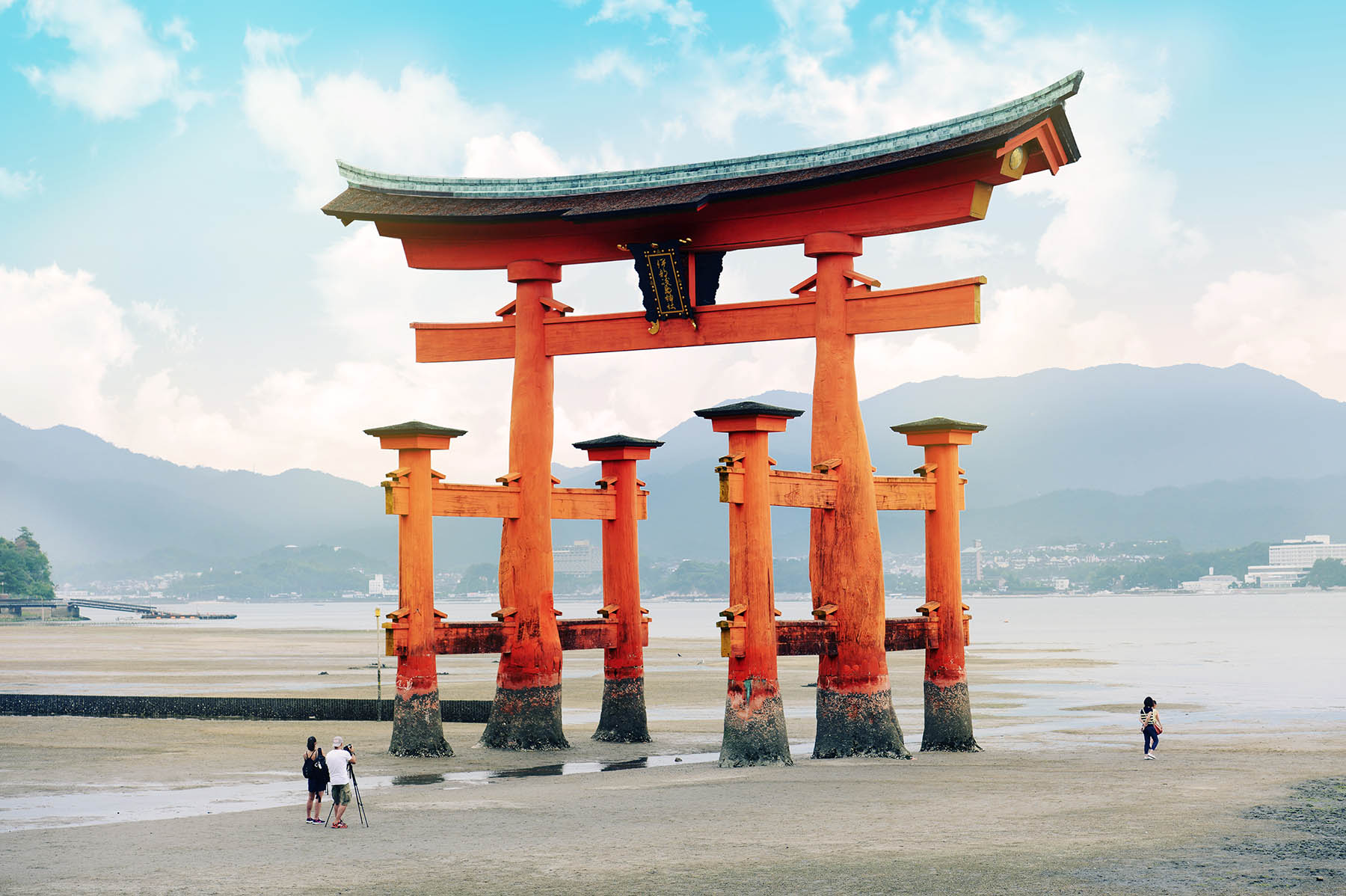
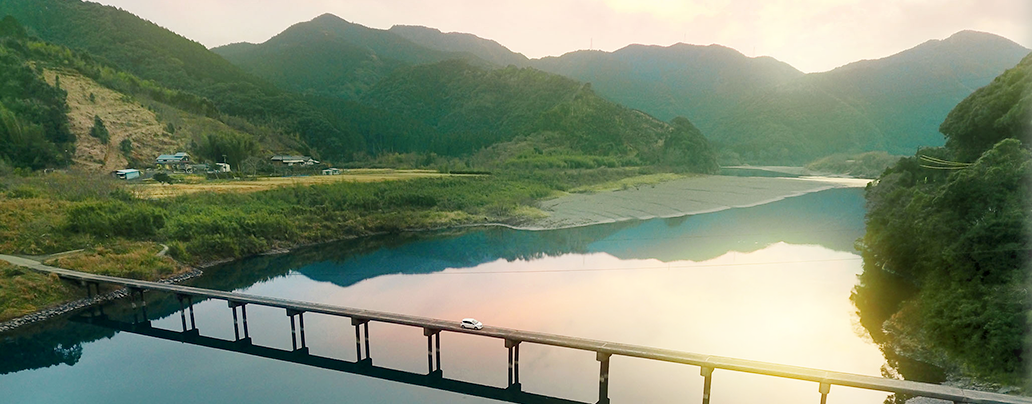
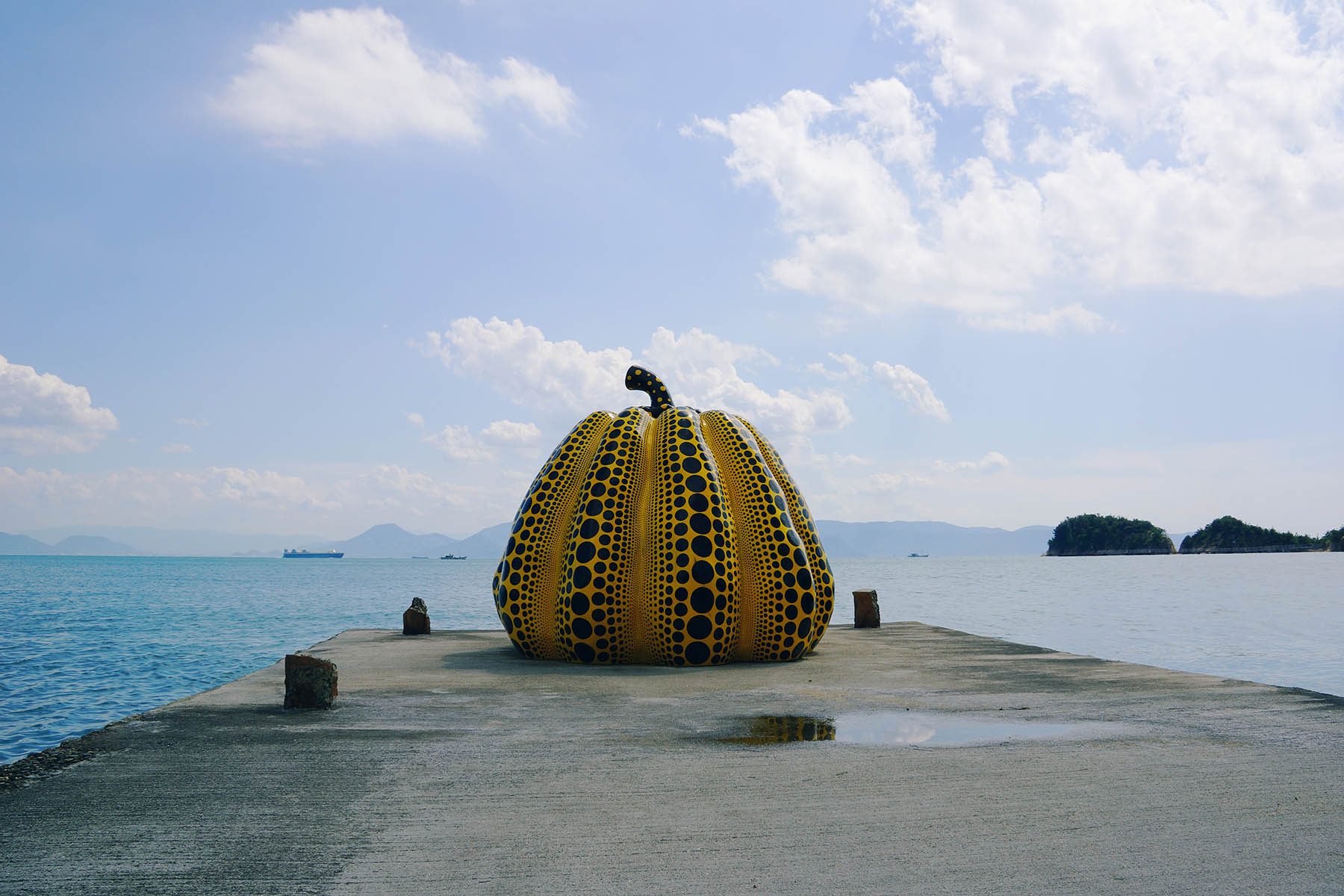
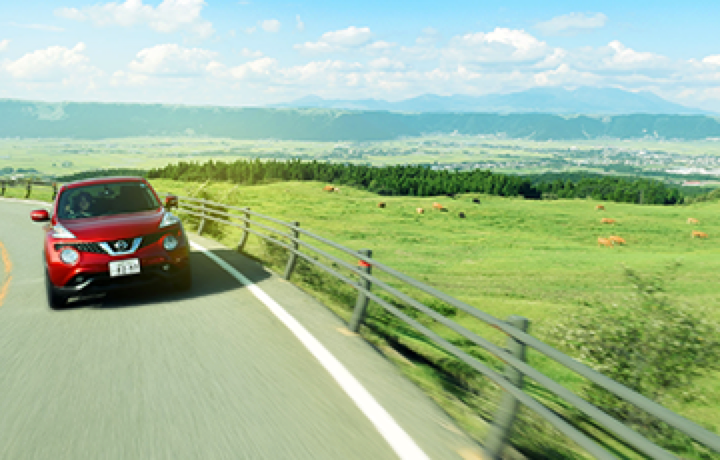
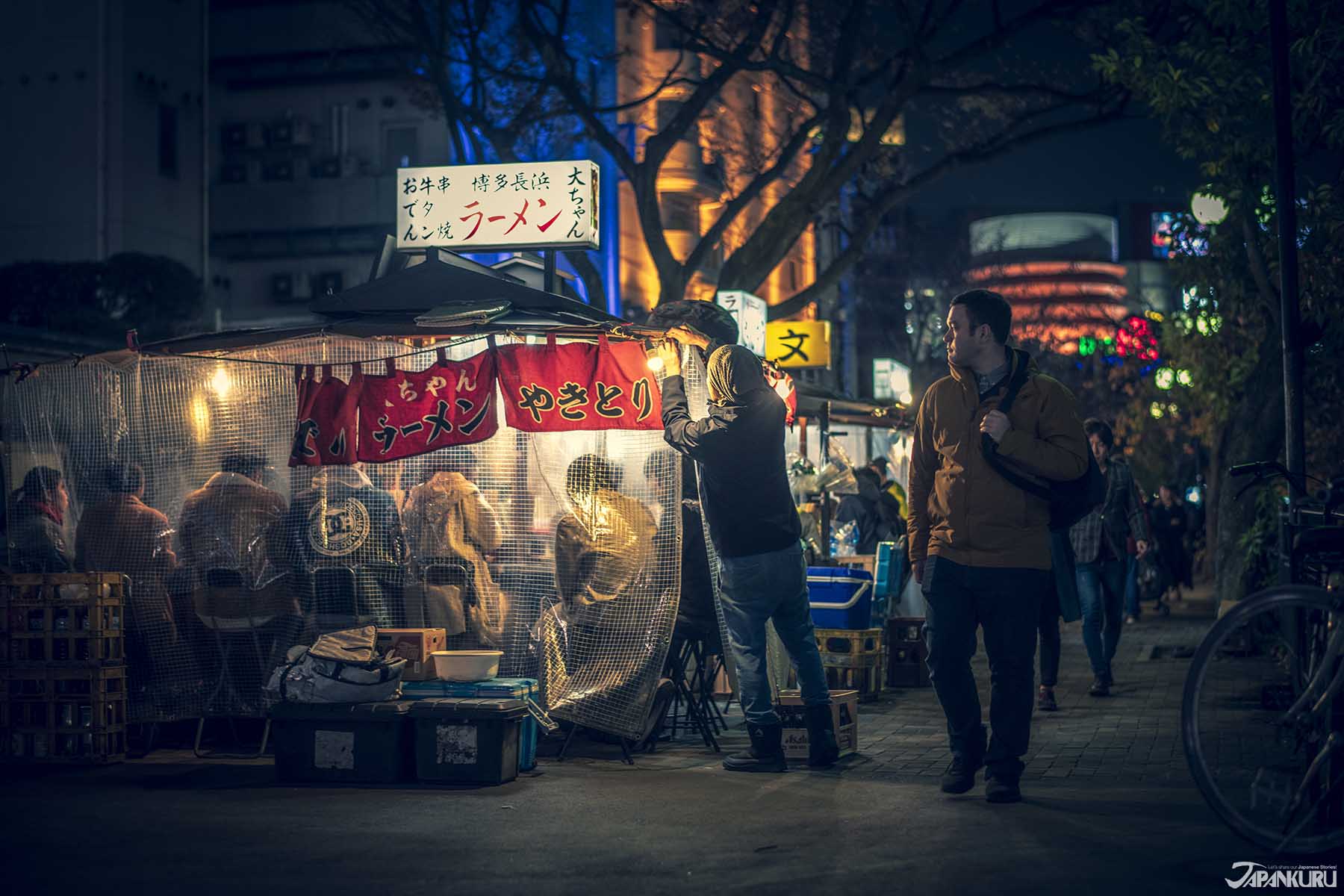
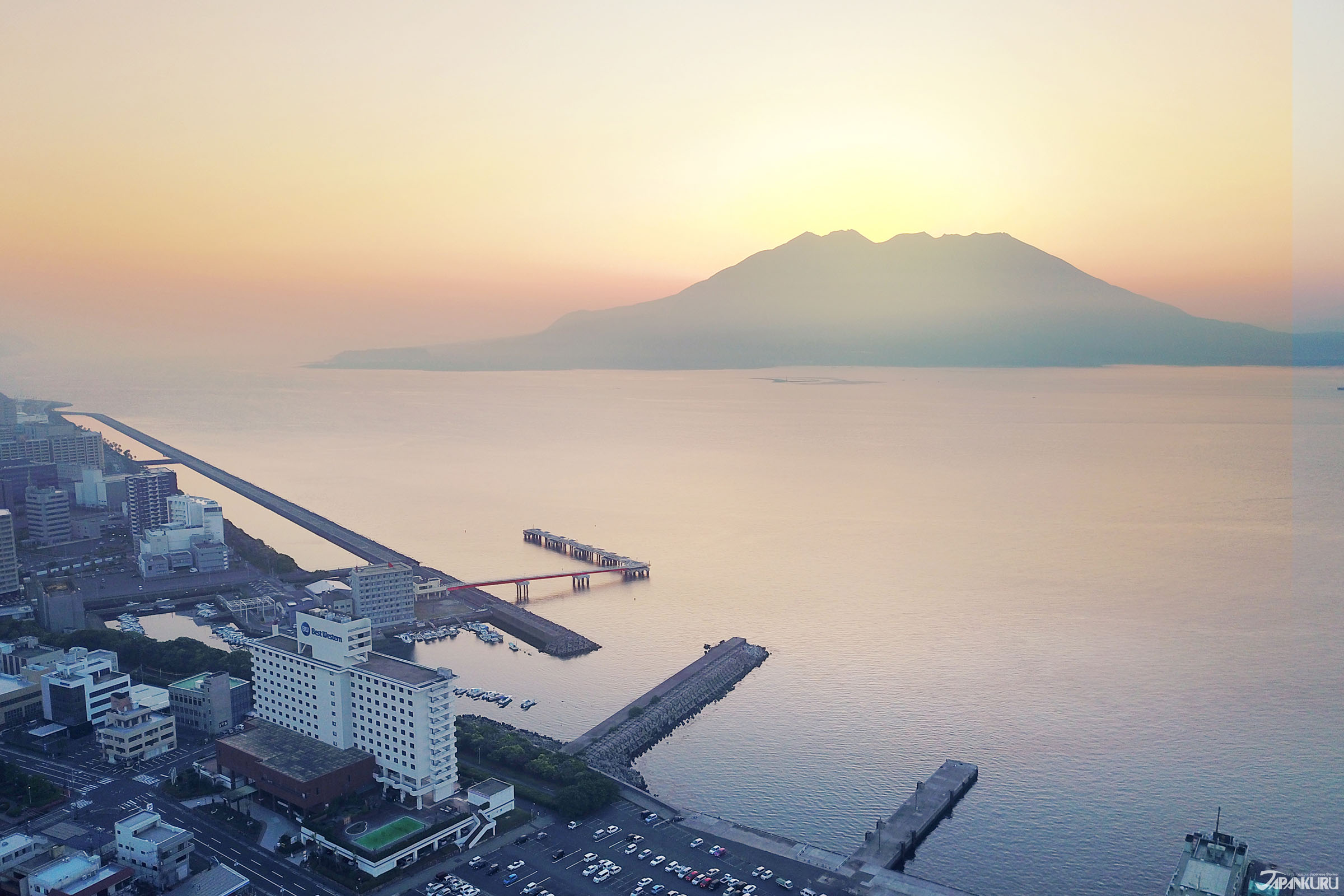
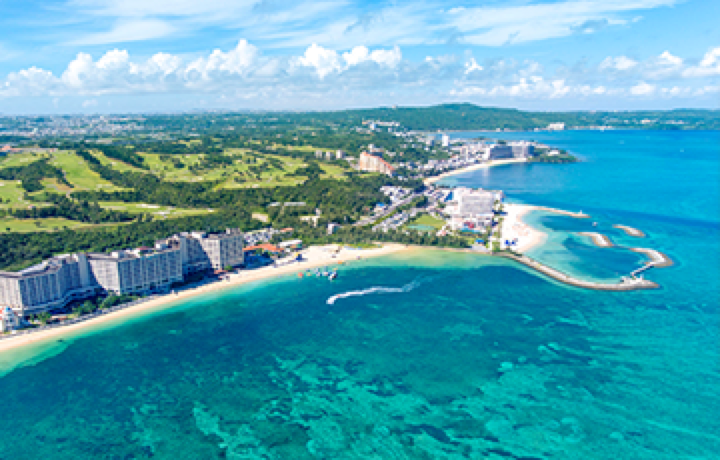



 Oita Hello Kitty Airport
Oita Hello Kitty Airport  Lands April 13th
Lands April 13th


